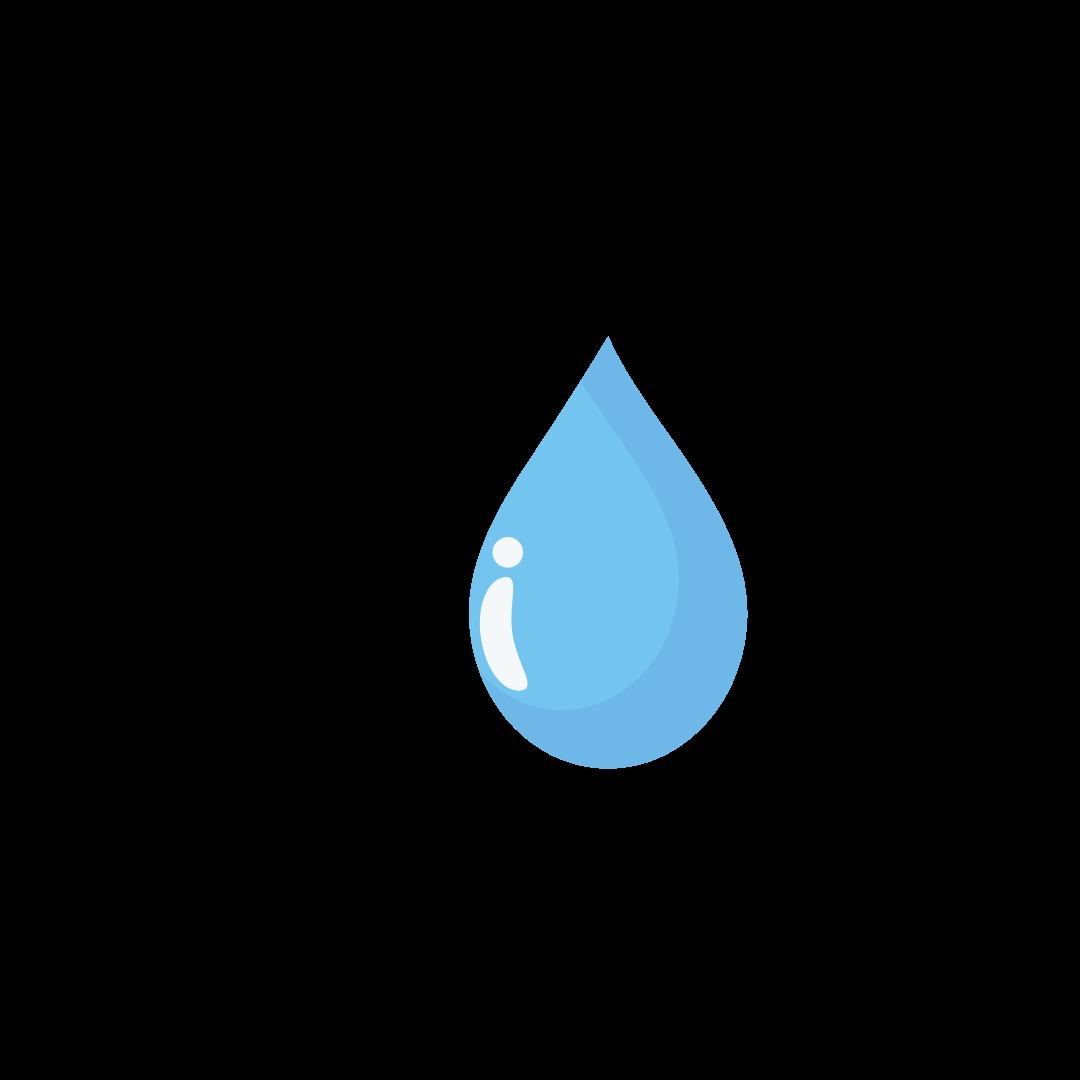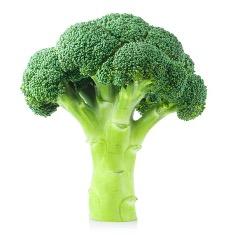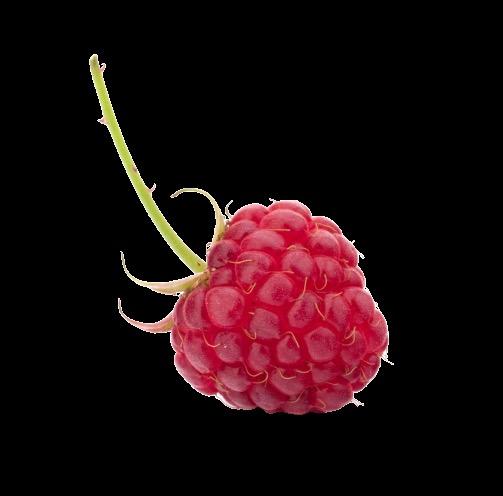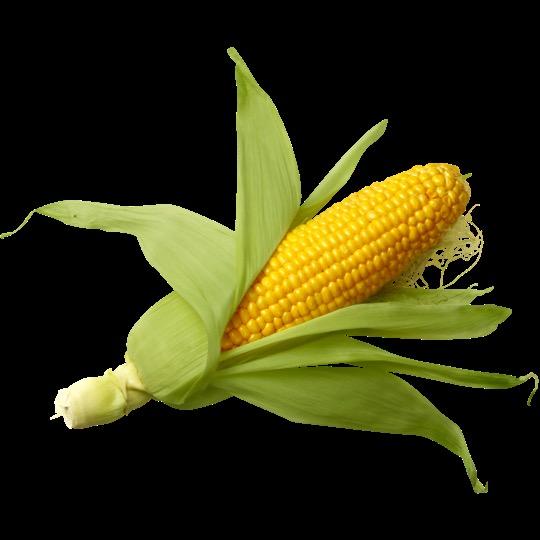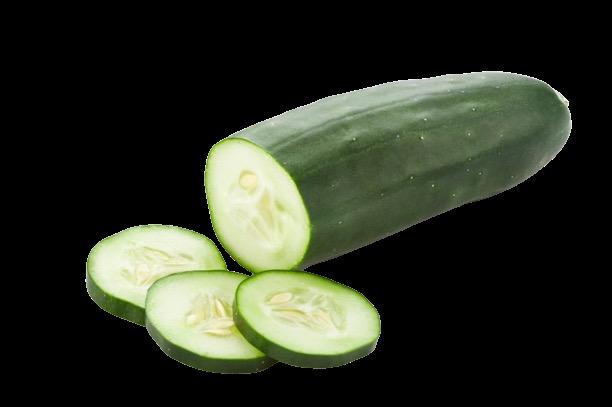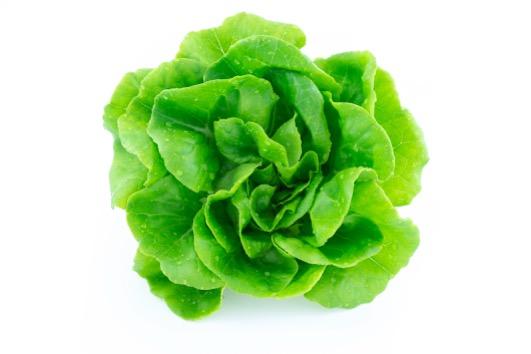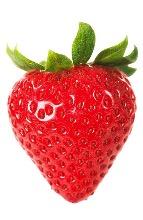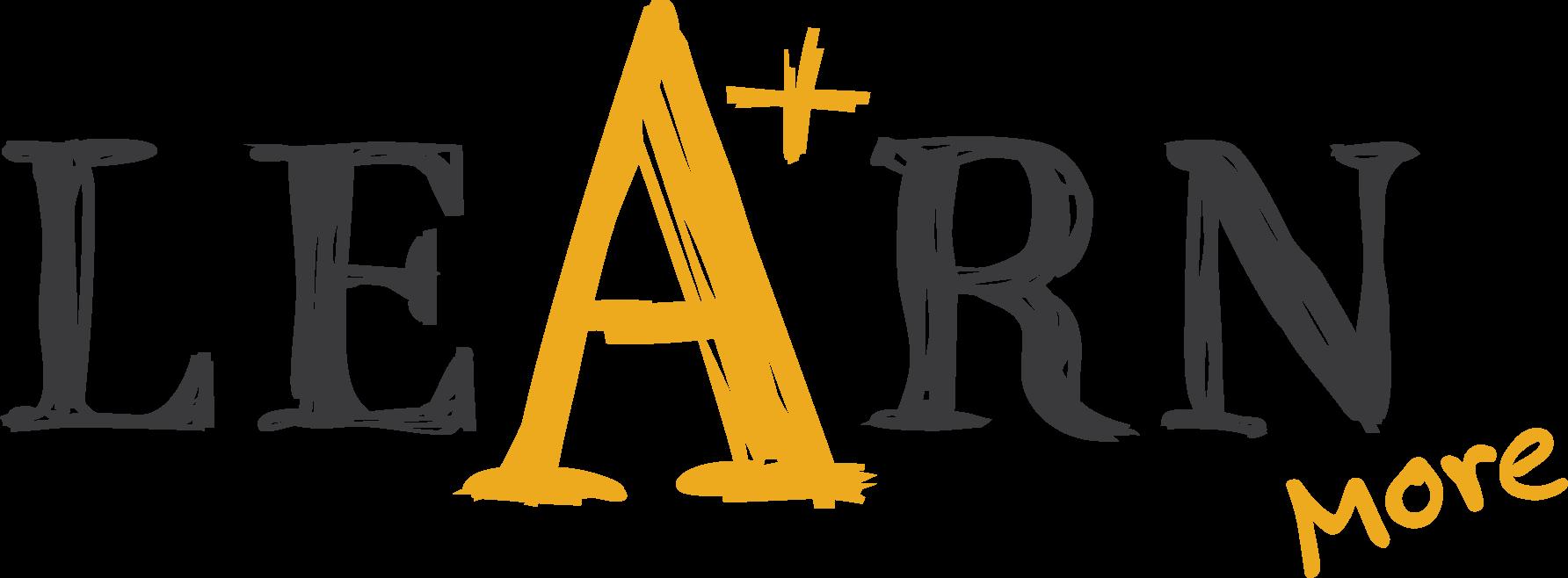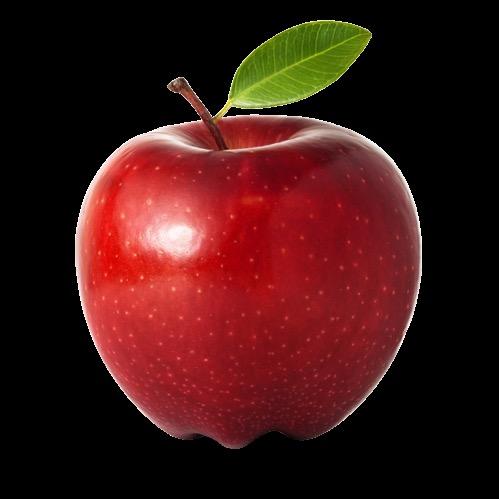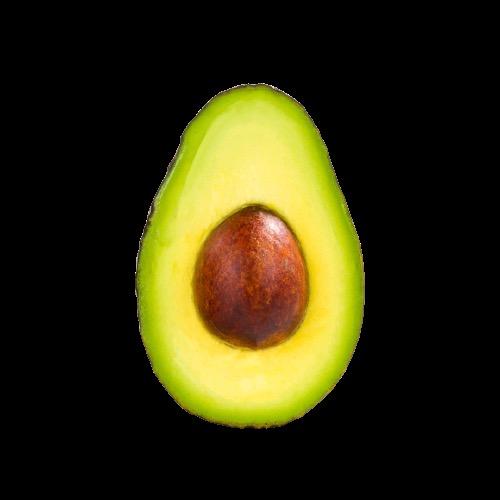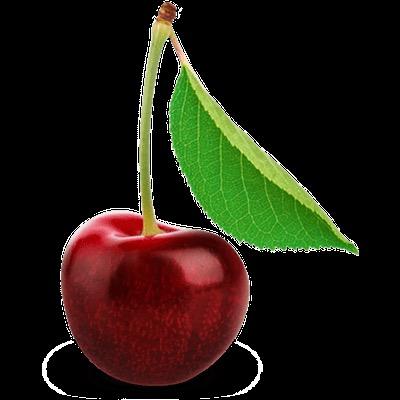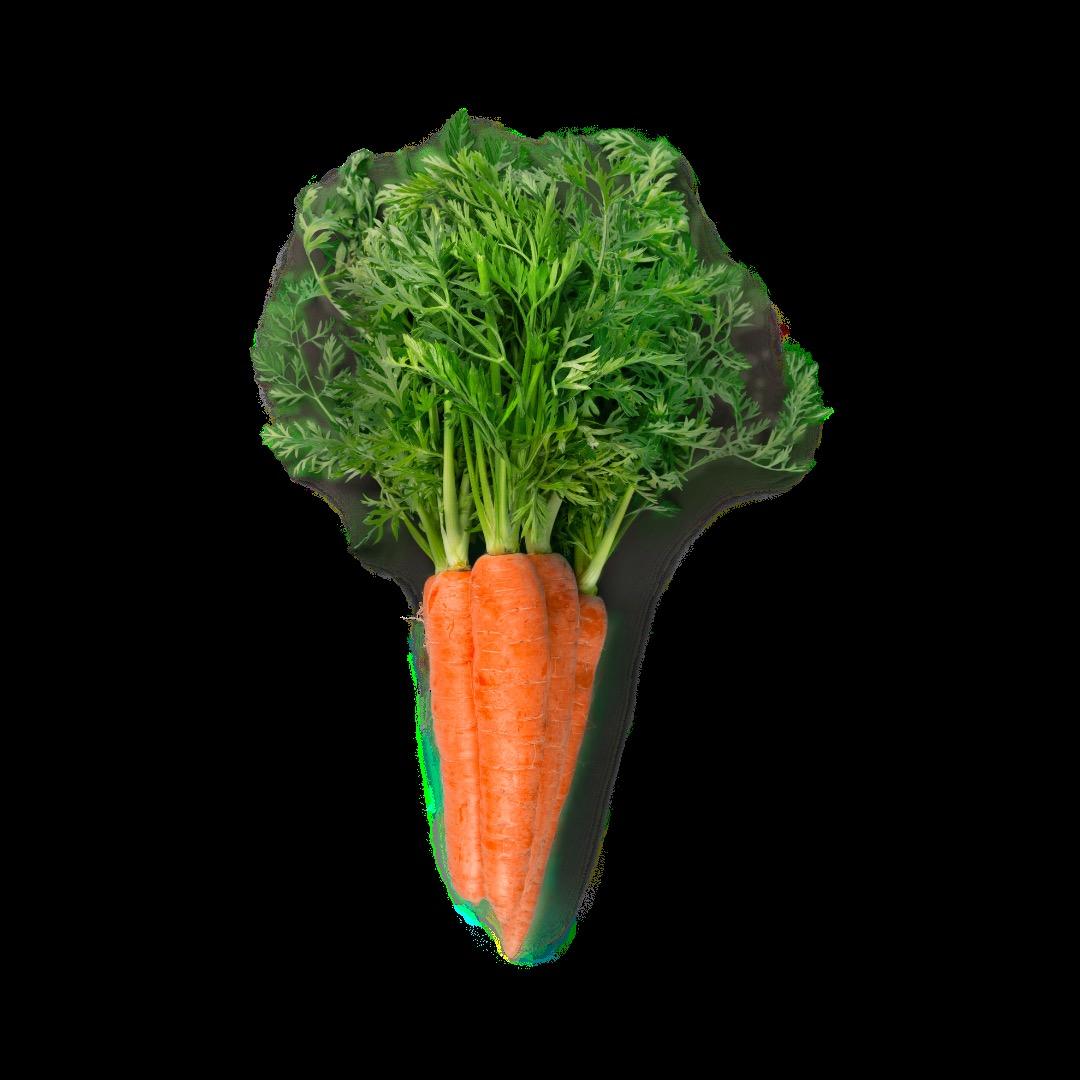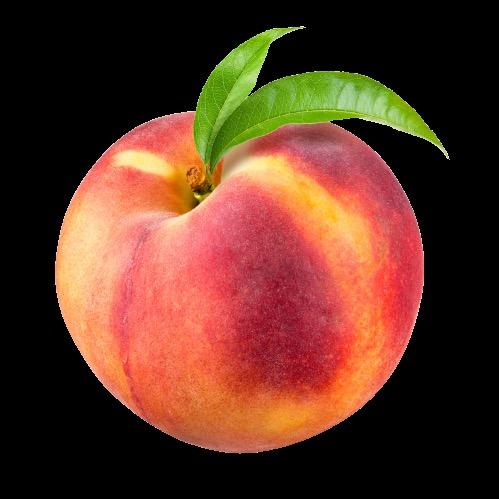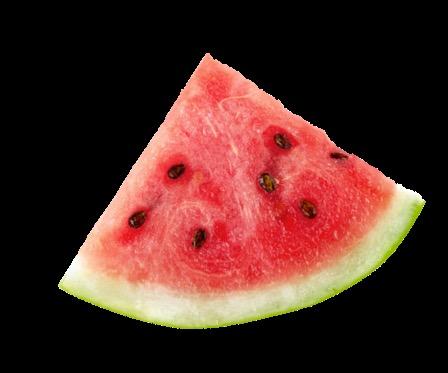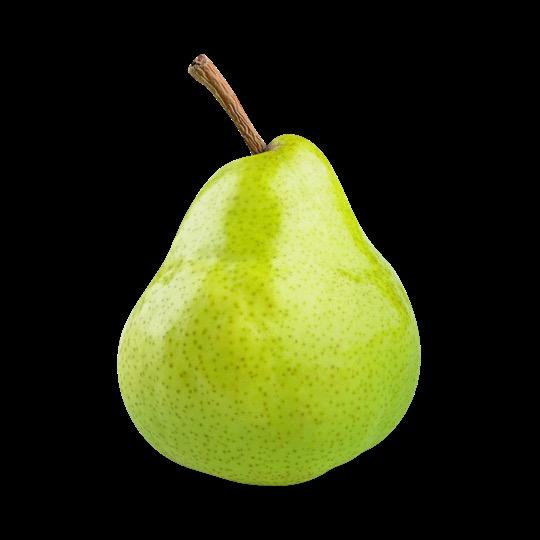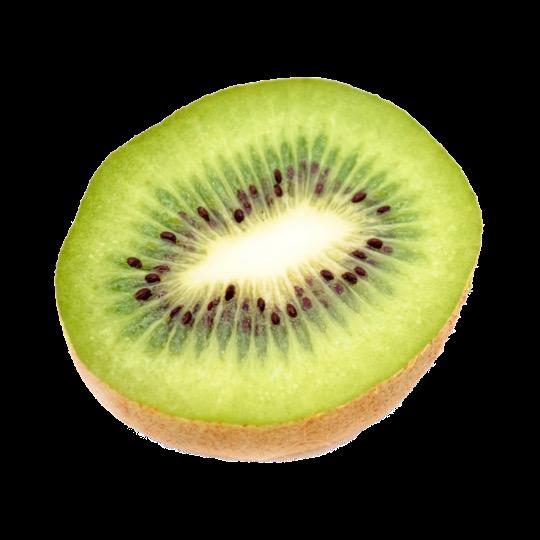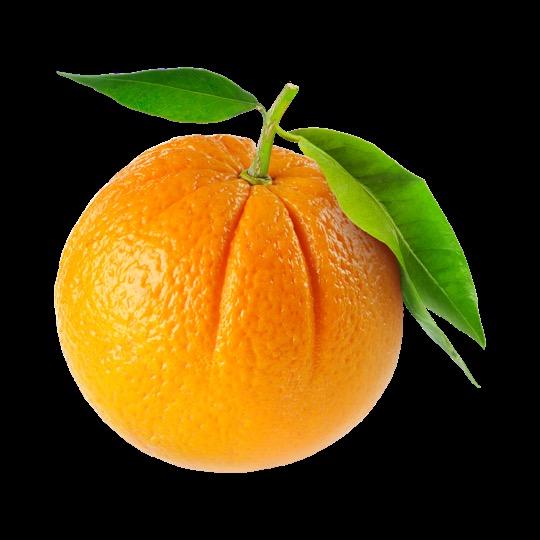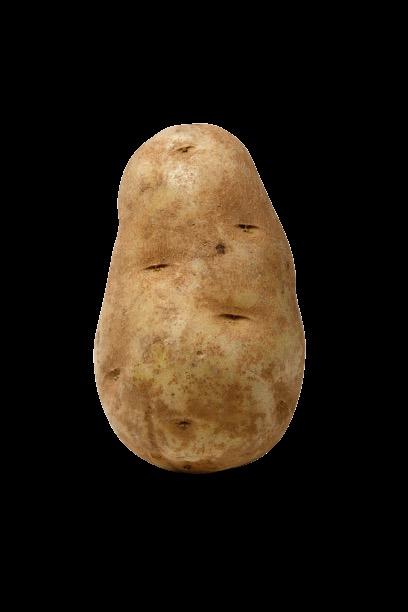












We, as a team, are committed to the development of Buffalo Public Schools Food Services’ Mission:


Celebratin g local food, farmers & nutrition education!






















We, as a team, are committed to the development of Buffalo Public Schools Food Services’ Mission:


Celebratin g local food, farmers & nutrition education!








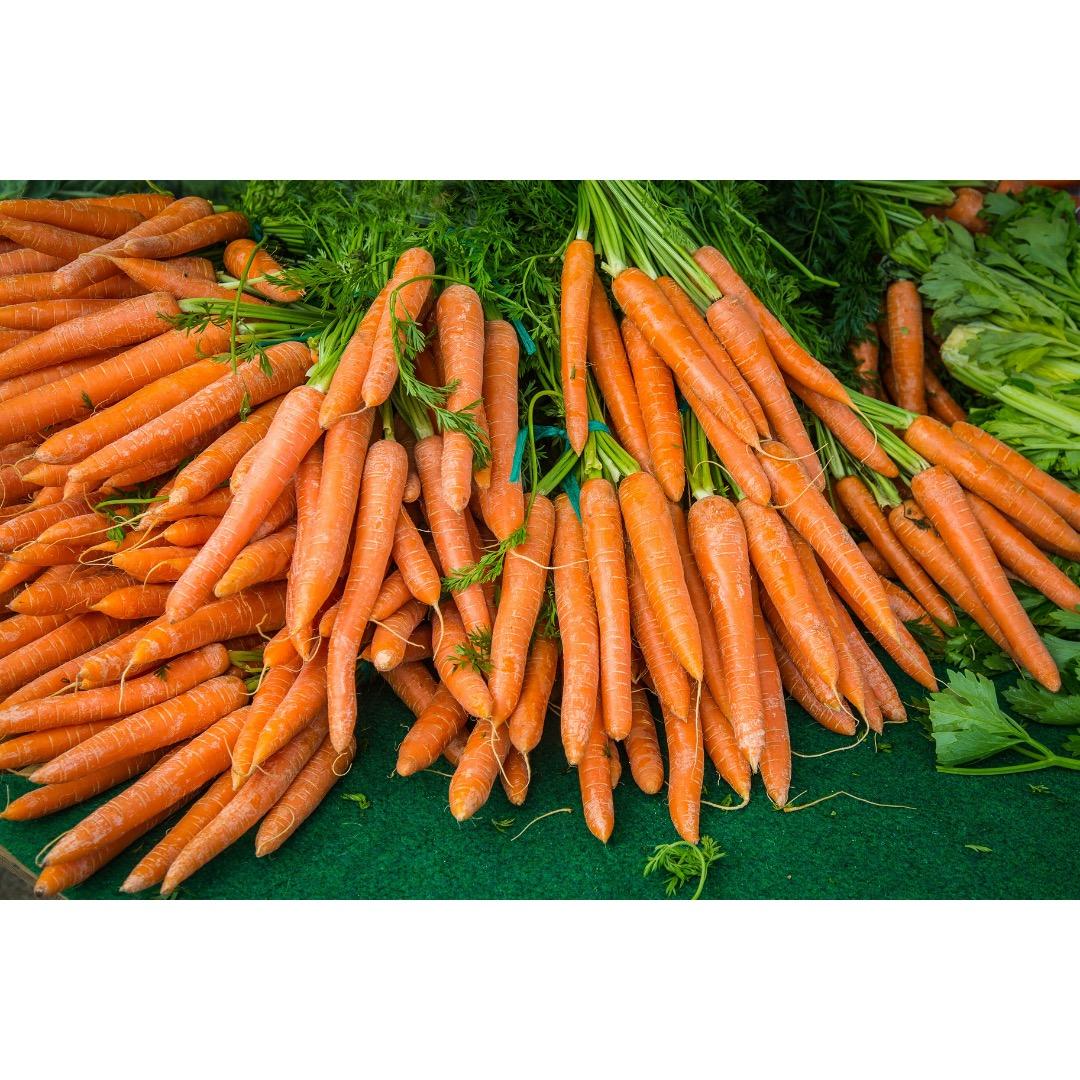


Carrots are a type of root vegetable underground

Carrots are 88% water.
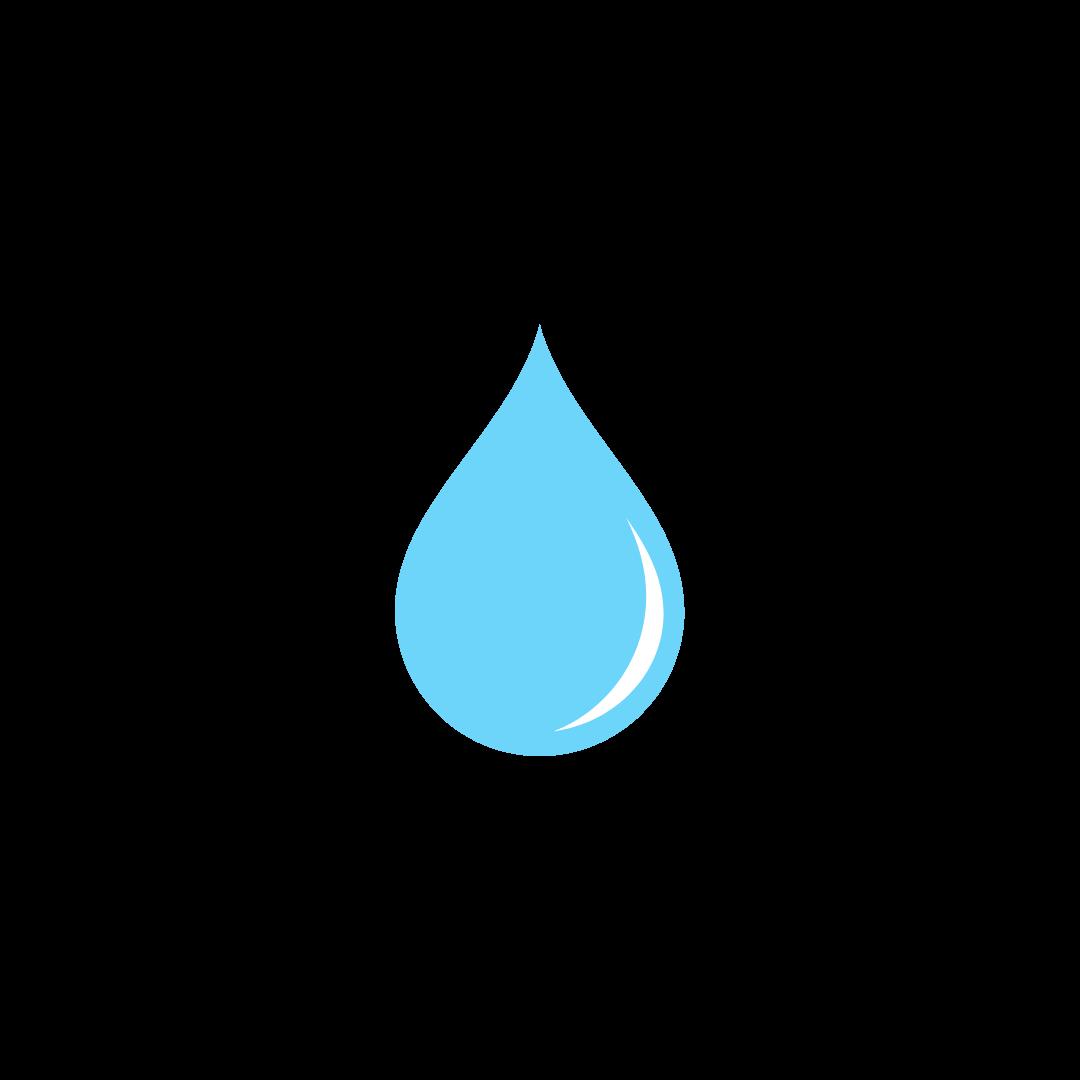
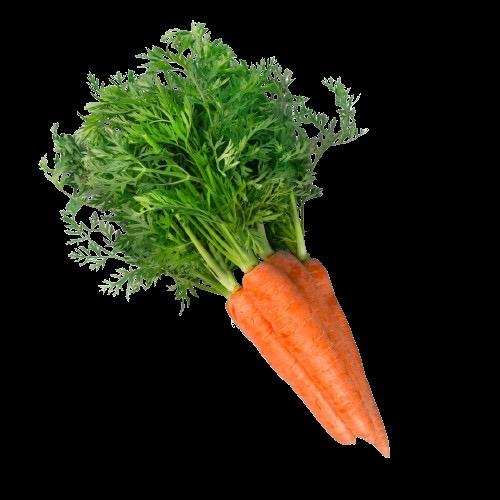
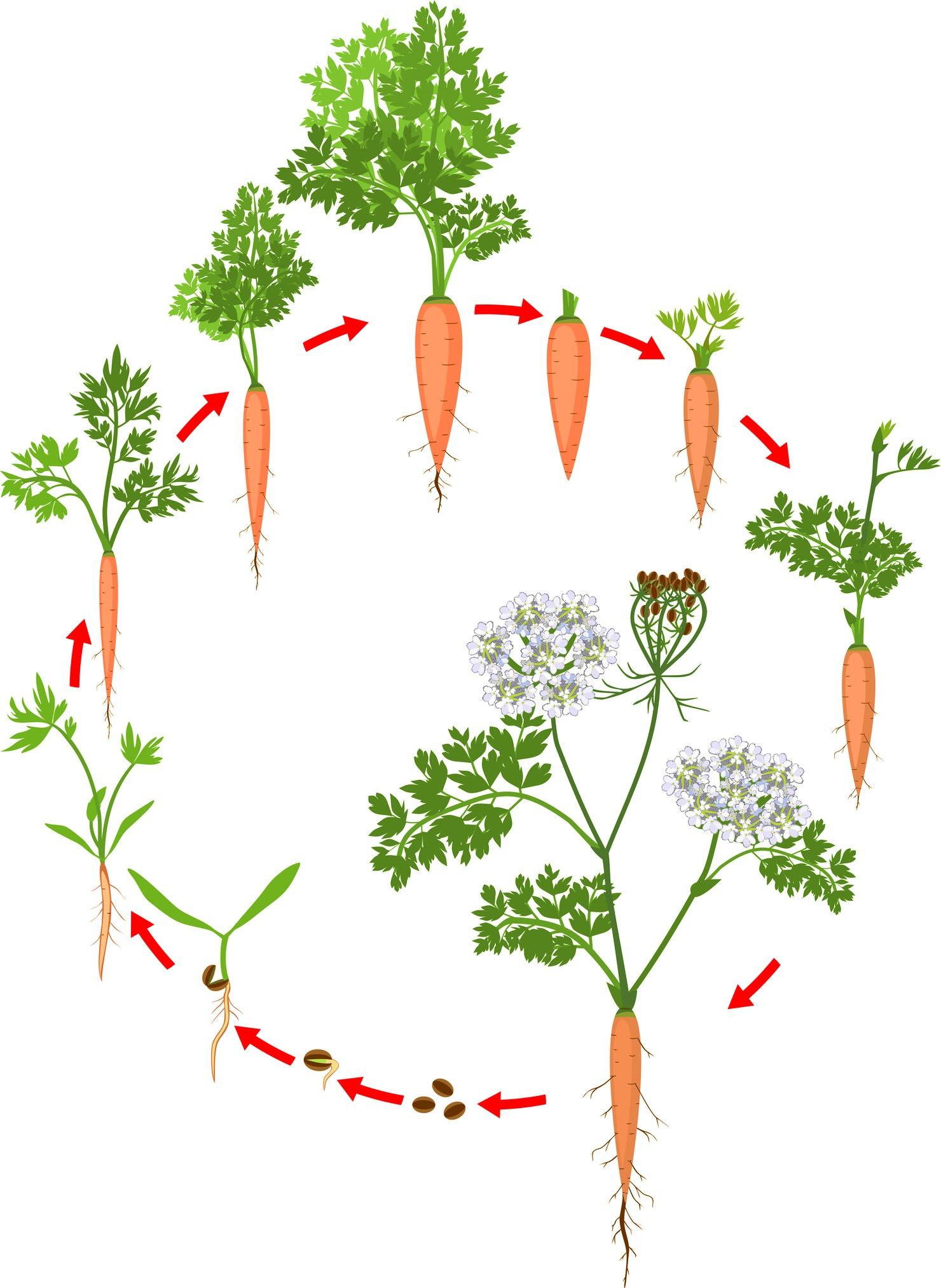
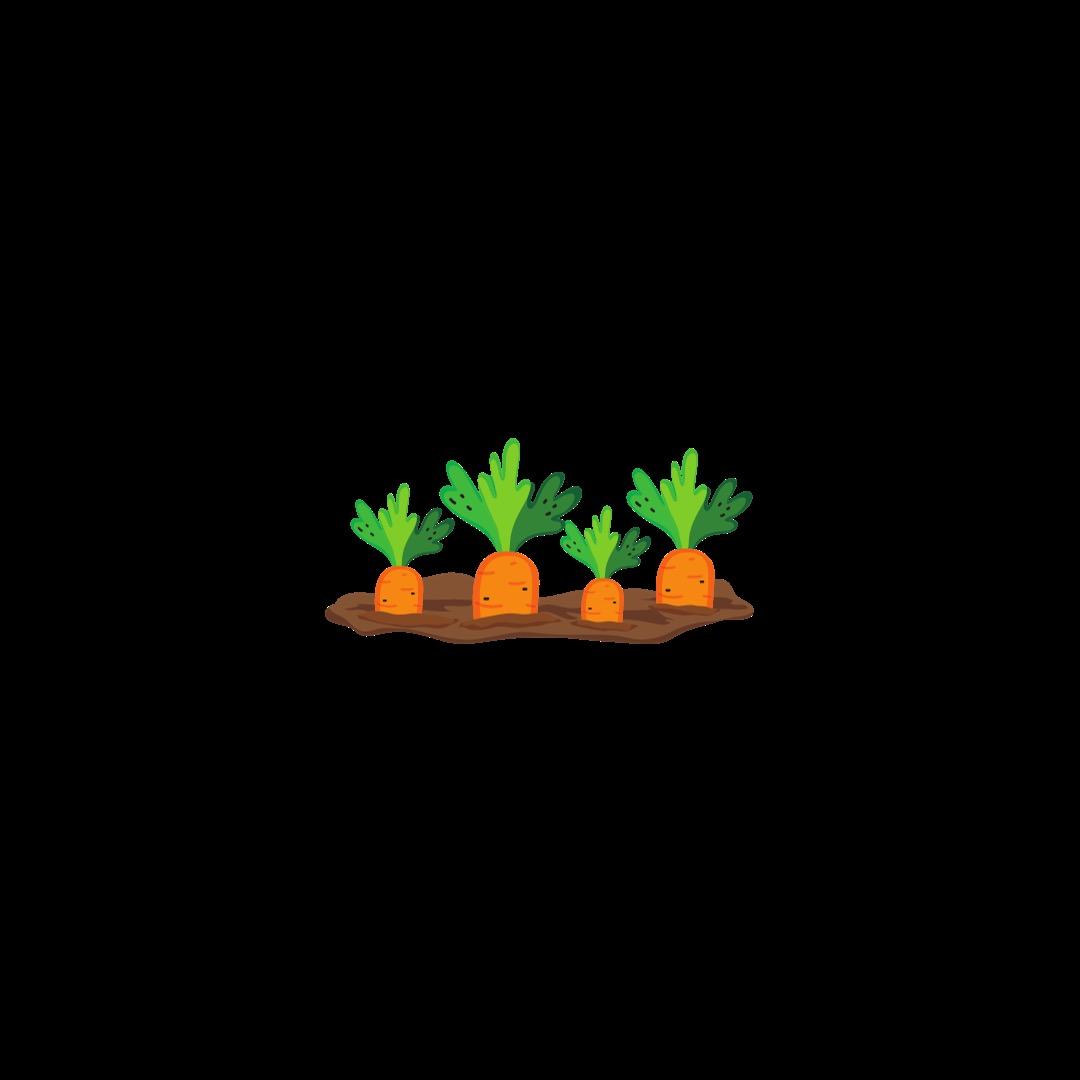
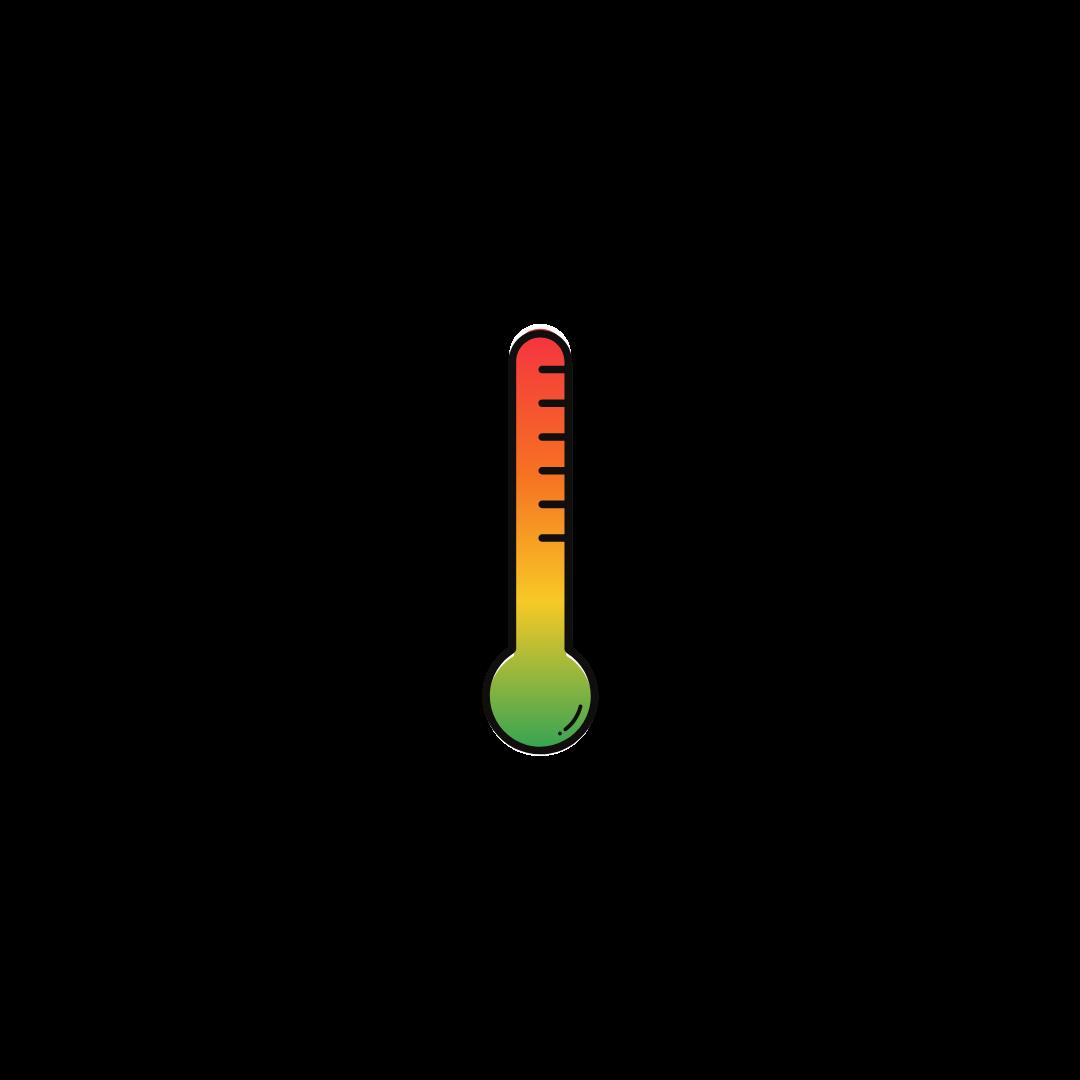
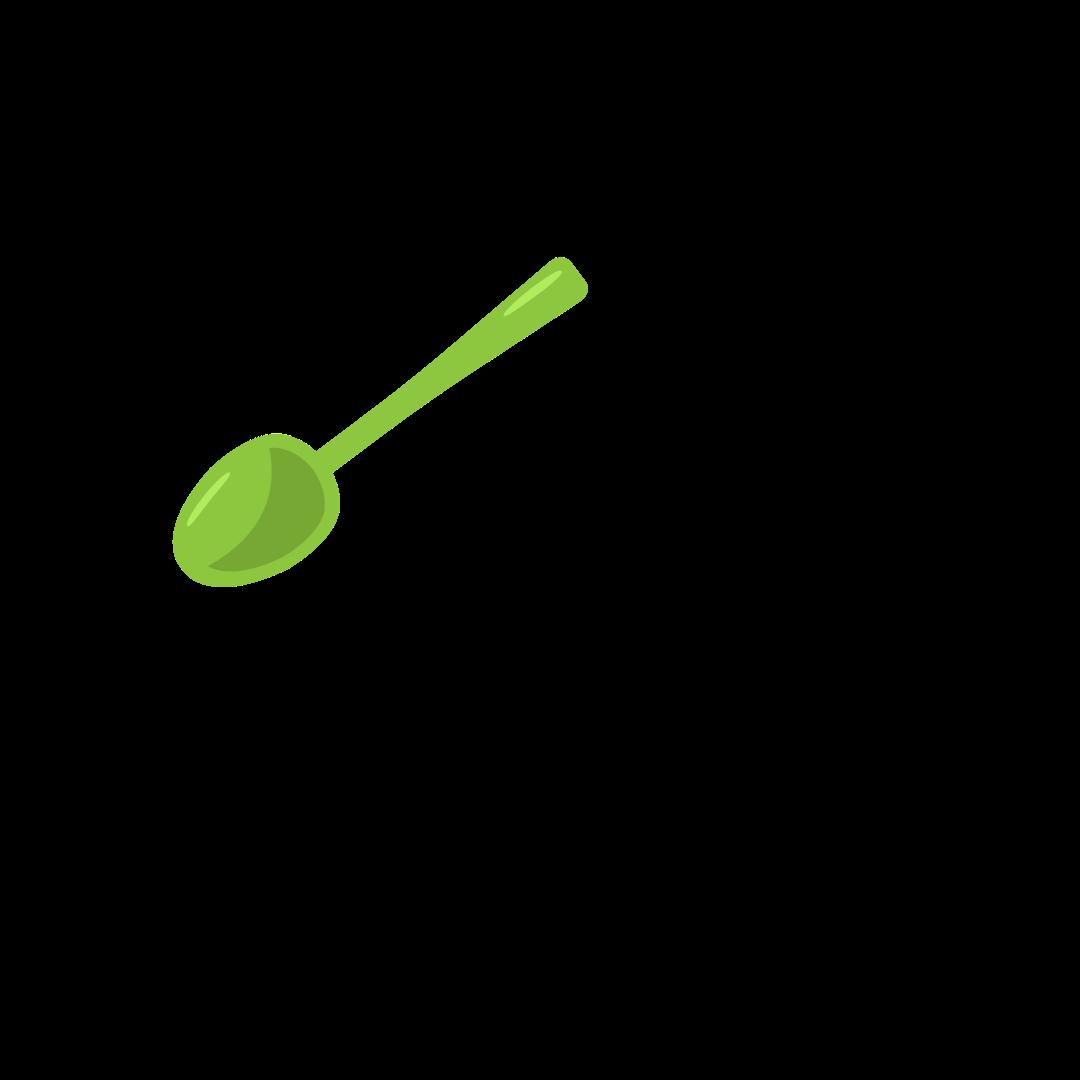
WINTERS underground!
Carrots are biennials, which means they have a 2-year life cycle.

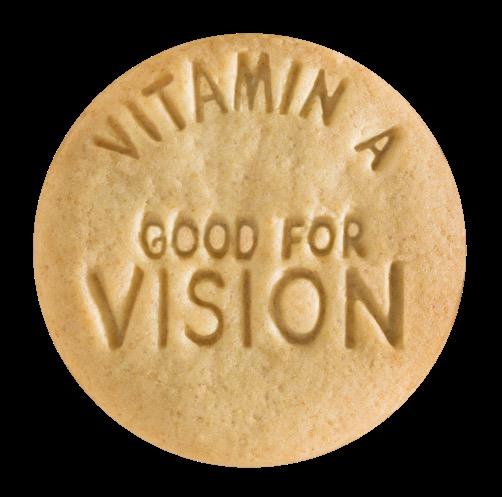



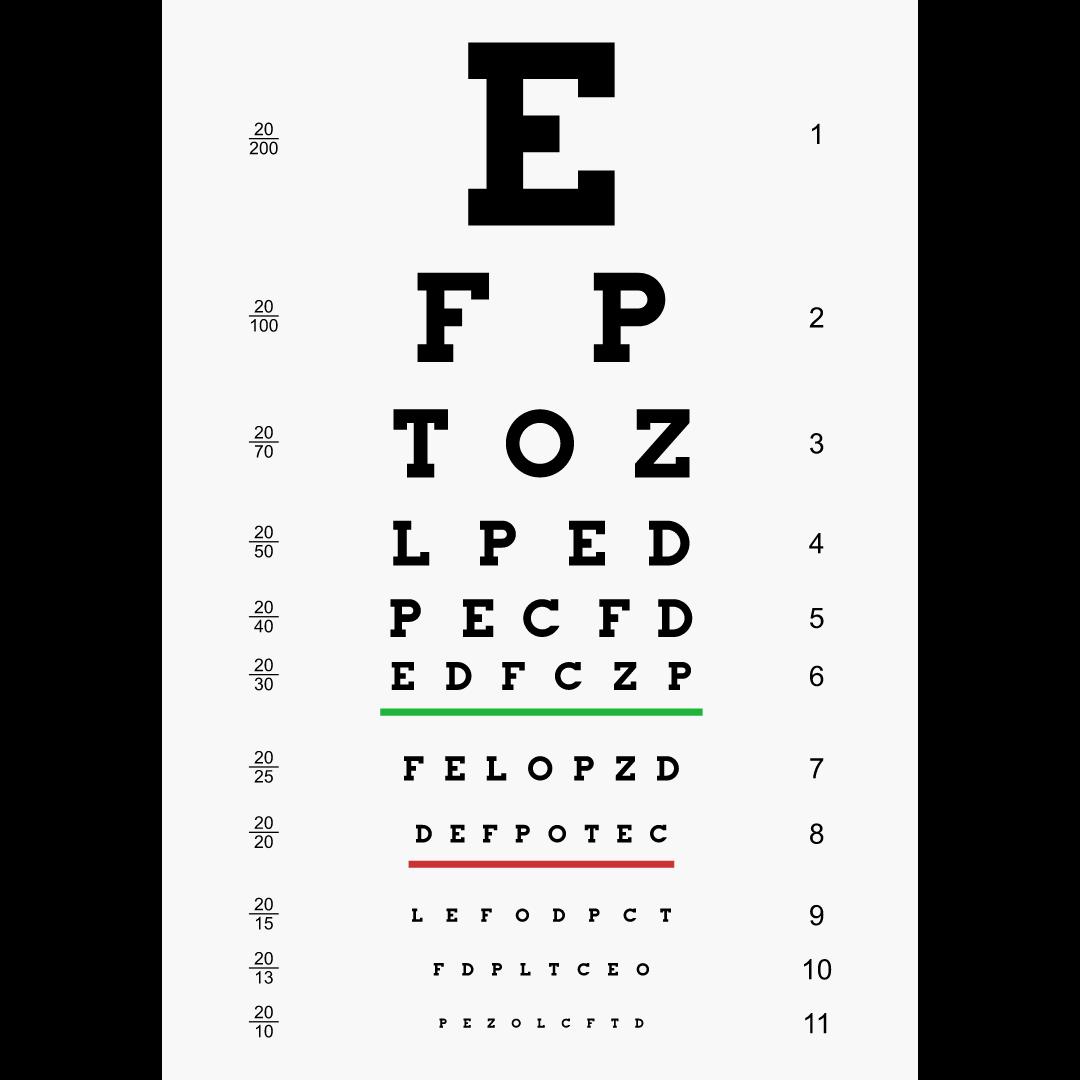


more vivid colors during the day

How far can you read down this eye chart?

speed up the healing process of cuts & scrapes. Vitamin A is a fat-soluble vitamin.
How do you know carrots are good for the eyes?
You never see a rabbit wearing glasses!
Vitamin A supports the immune system to fight off infections.

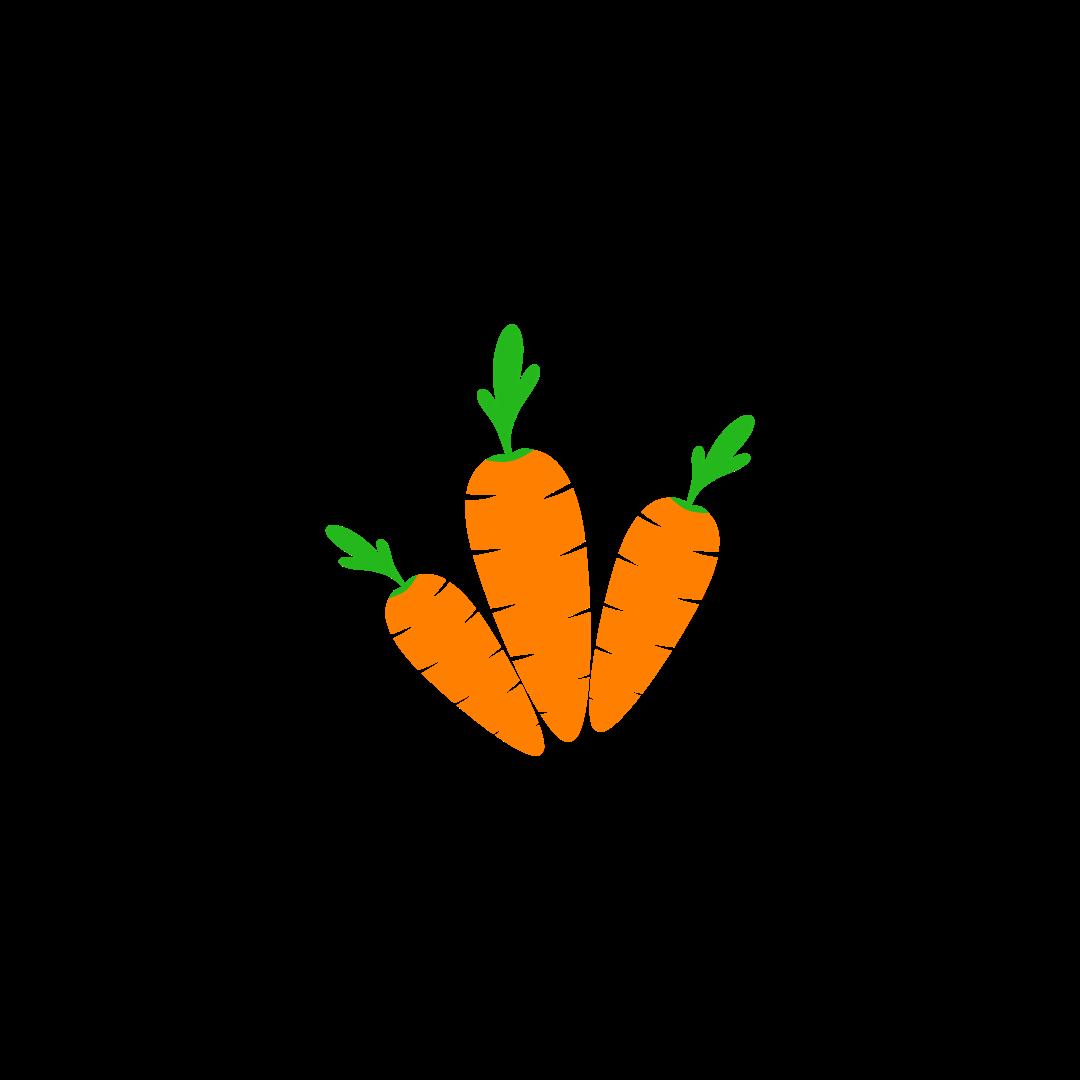






Grapes are a type of berry that grows in clusters.

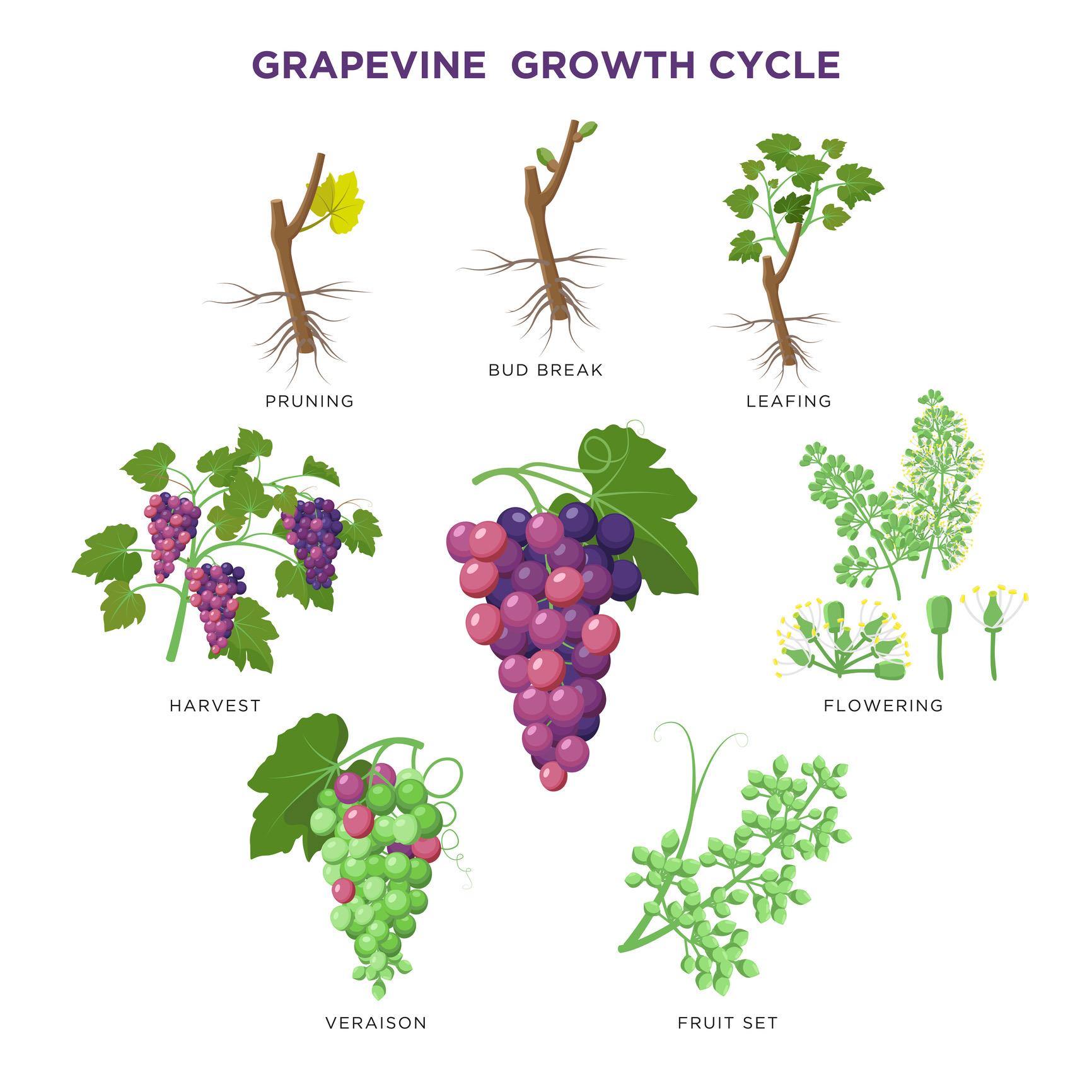
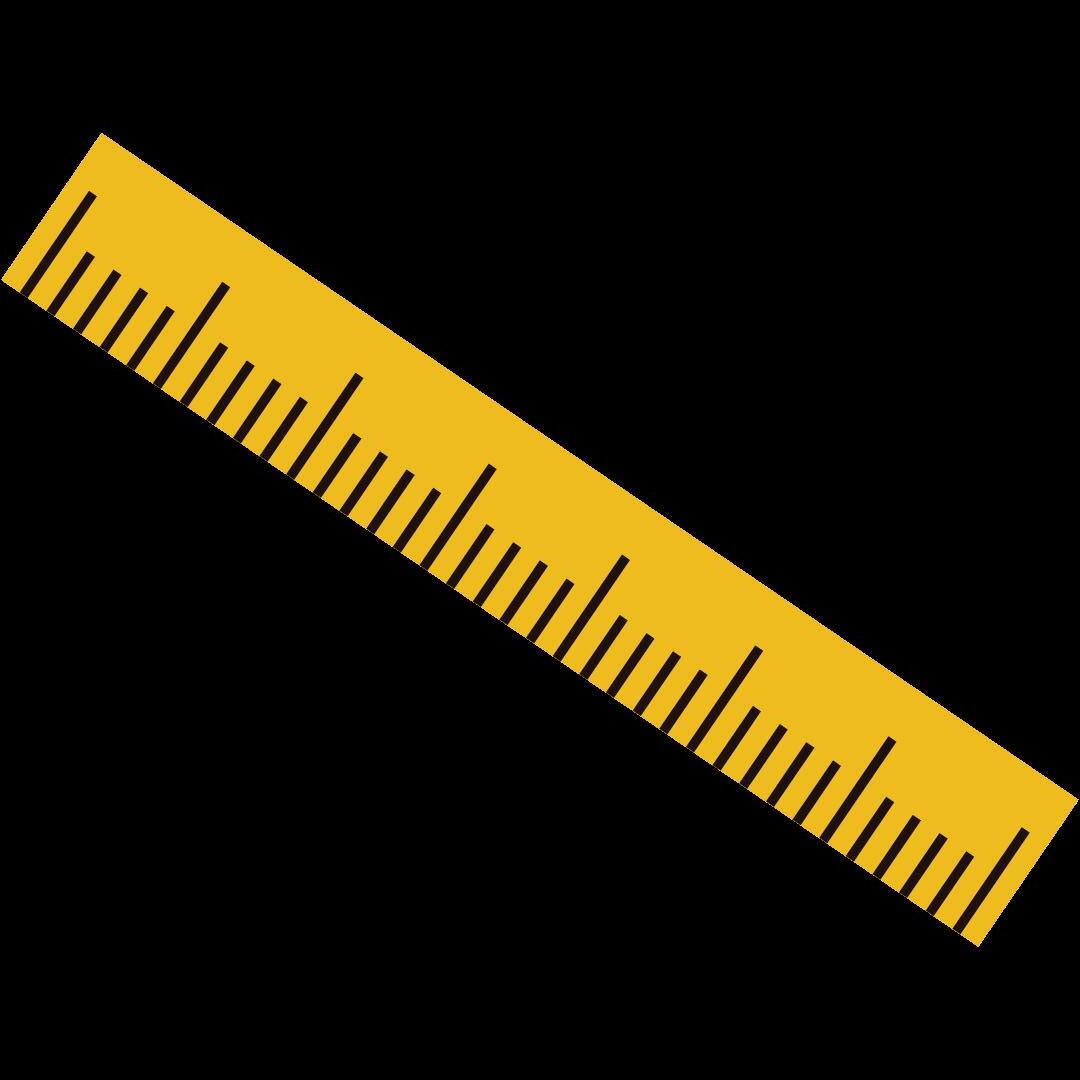
Grapevines can reach up to 50 feet in length.

1 grape cluster contains around 75 grapes.


B Vitamins help support the body’s energy levels, brain function & cell metabolism
essential B vitamins:
Vitamin B1, Vitamin B2, Vitamin B3, Vitamin B5, Vitamin B6, Vitamin B7, Vitamin B9 & Vitamin B12.

Water is needed to help the body absorb B vitamins.

B5, B12, C and E knock on your door…what do you do?
In-Vitamin!
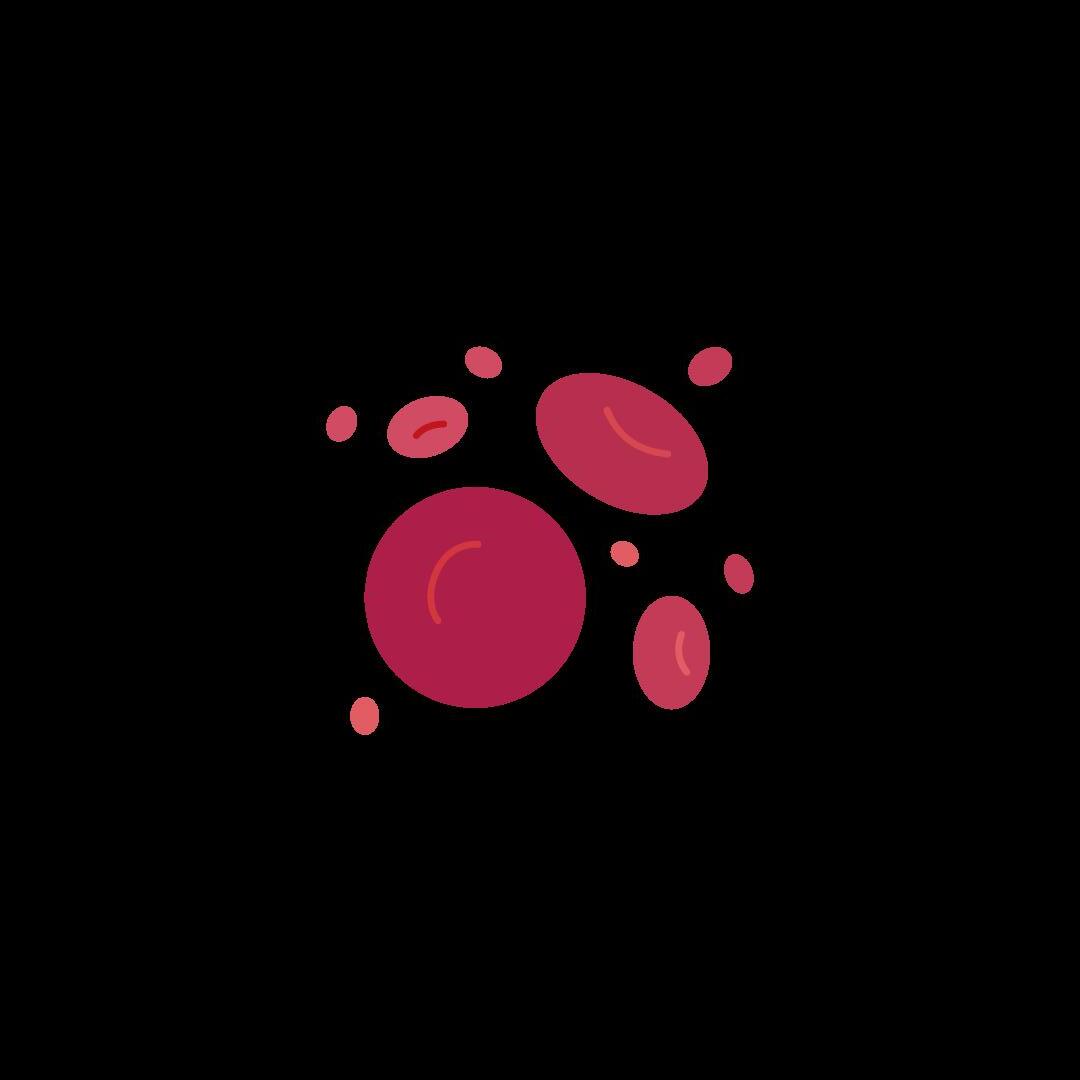

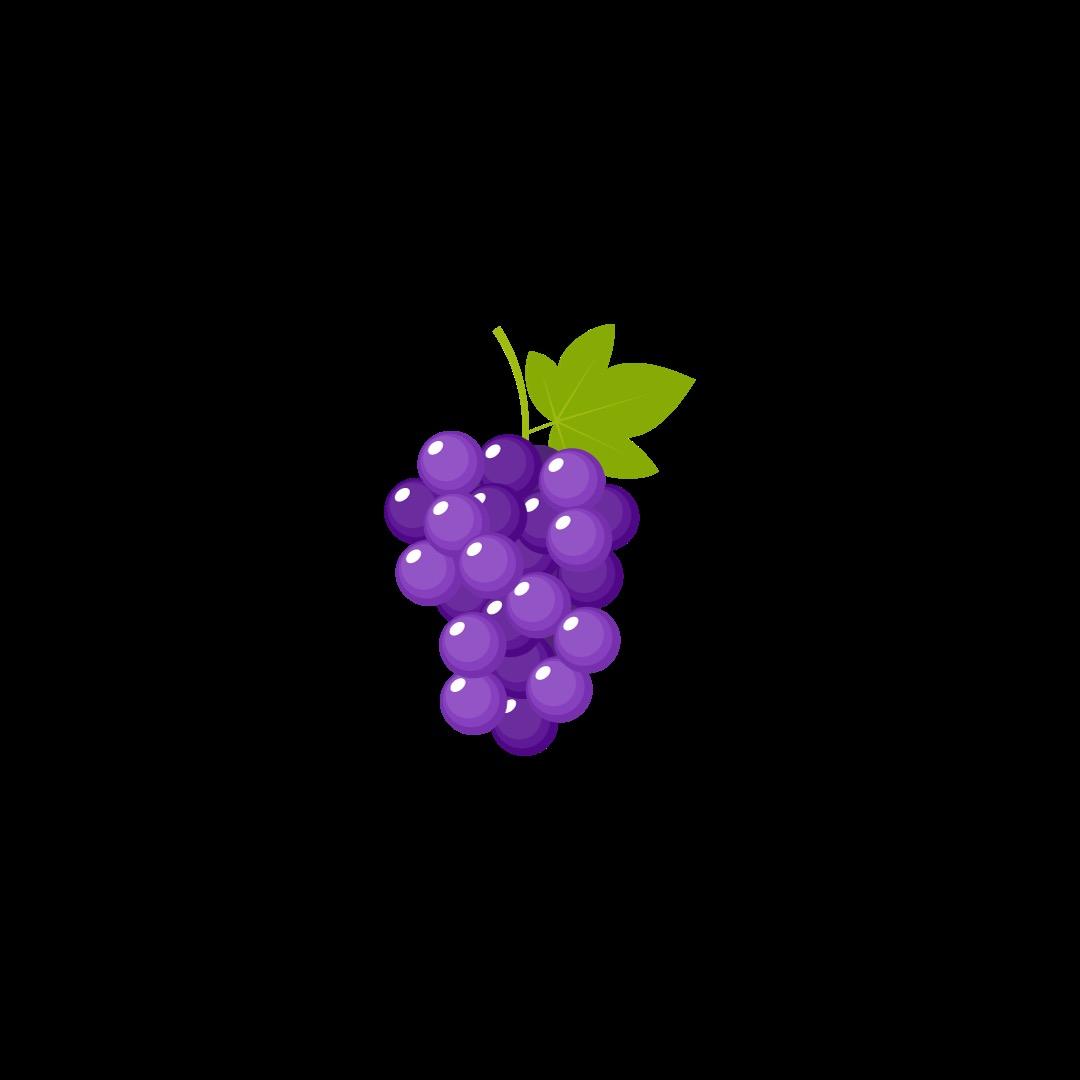
B vitamins helps the body make energy from food.
The body cannot store most B vitamins, so they need to be regularly consumed.

B vitamins plays a role in serotonin production.
Serotonin makes us feel happy




Spinach is a nutritious, leafy green
Main Types of Spinach:
1. Savoy
2. Semi Savoy
3. Flat
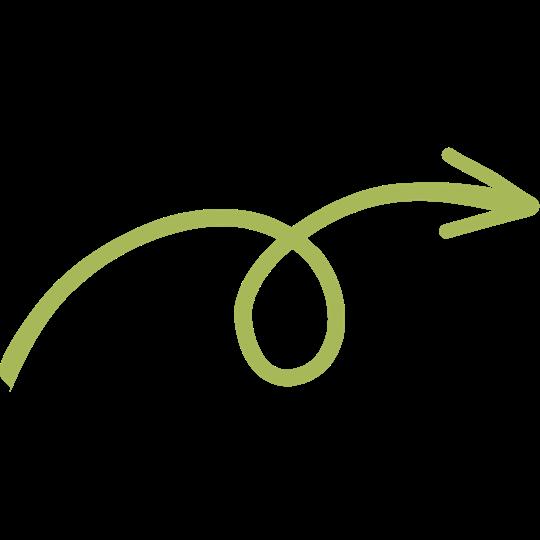

The U.S. harvests around 960,000 pounds of spinach each year.
Spinach is a part of the goosefoot family of the shape of its leaves.
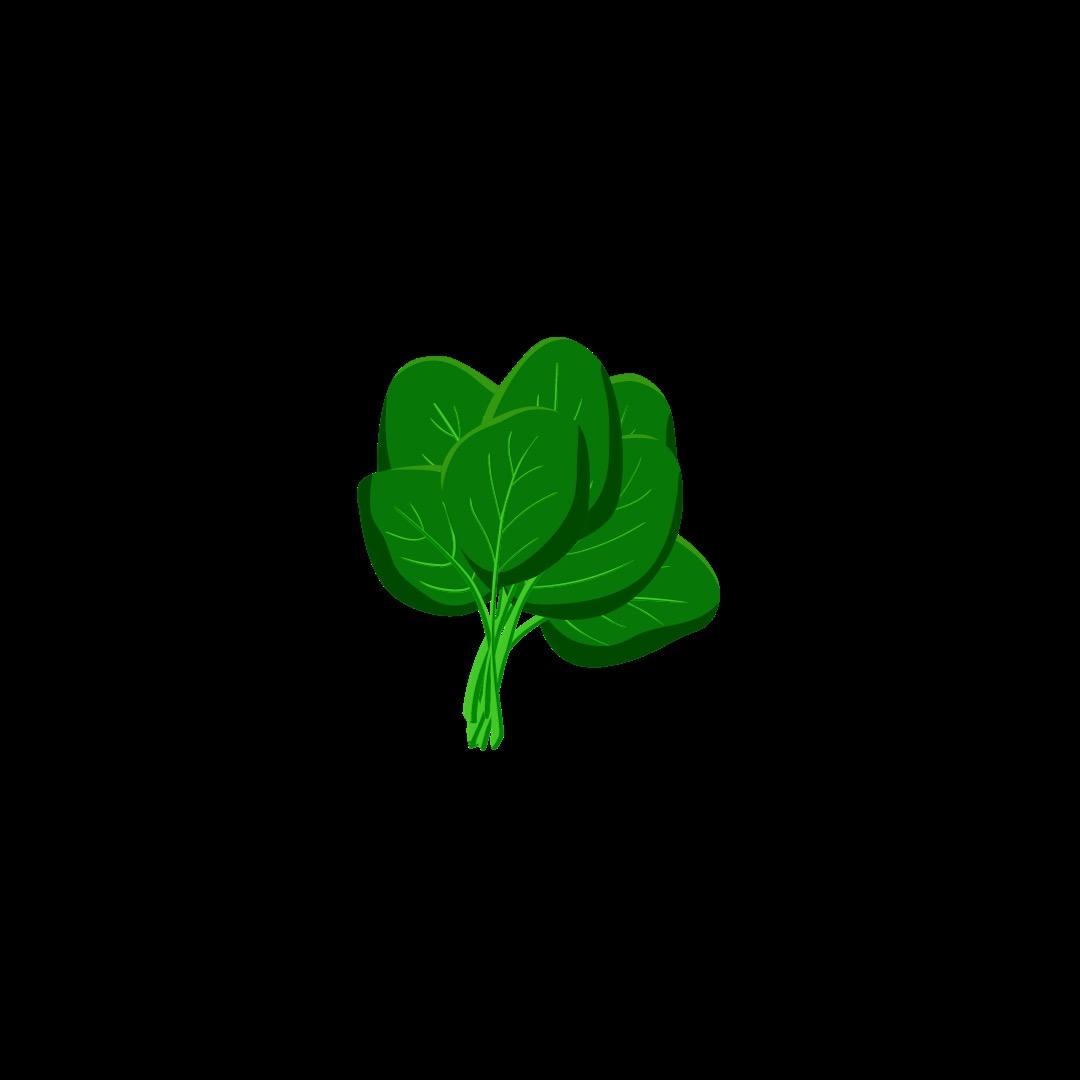
F R E S H spinach is the B E S T spinach!
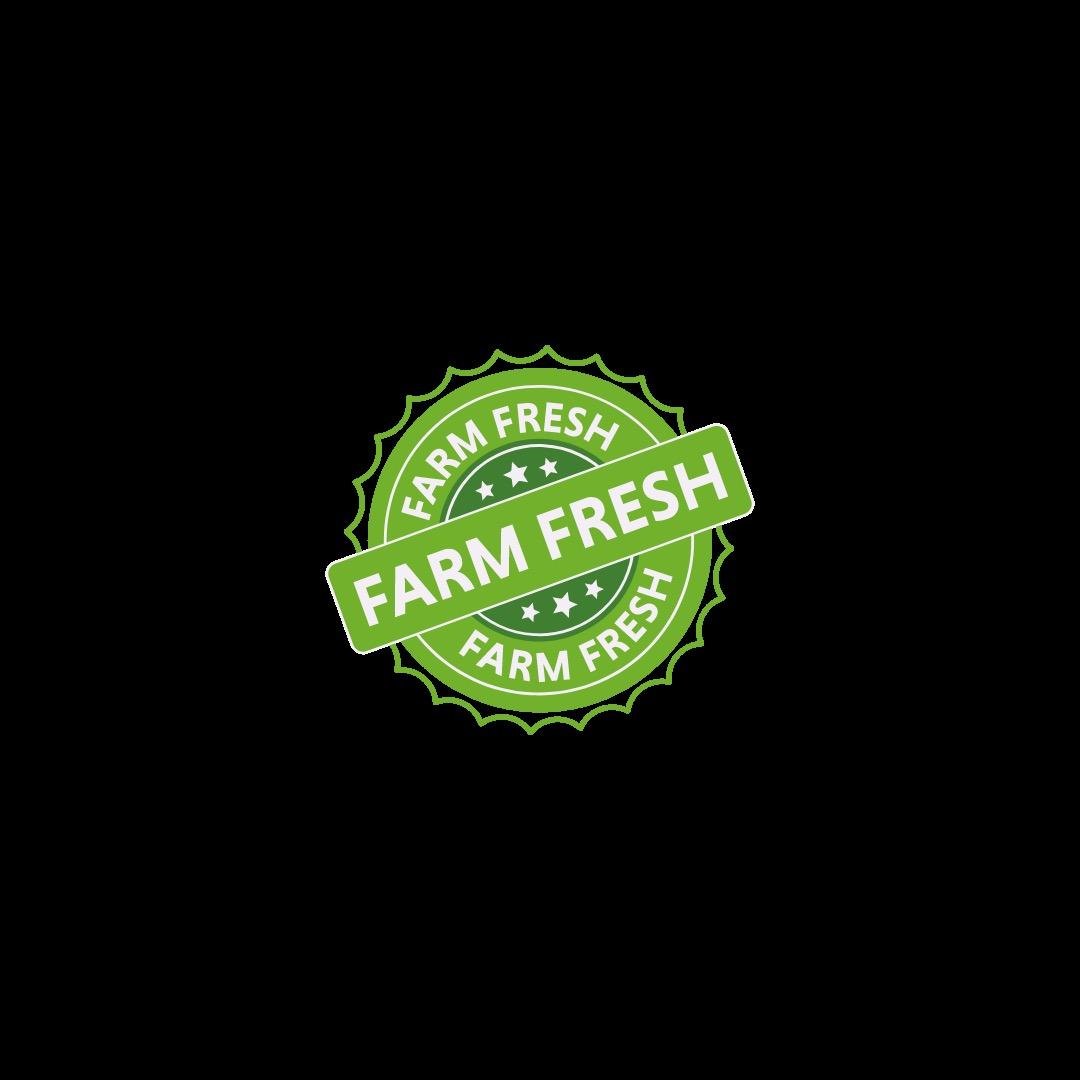
Flat spinach is the best known & most popular.
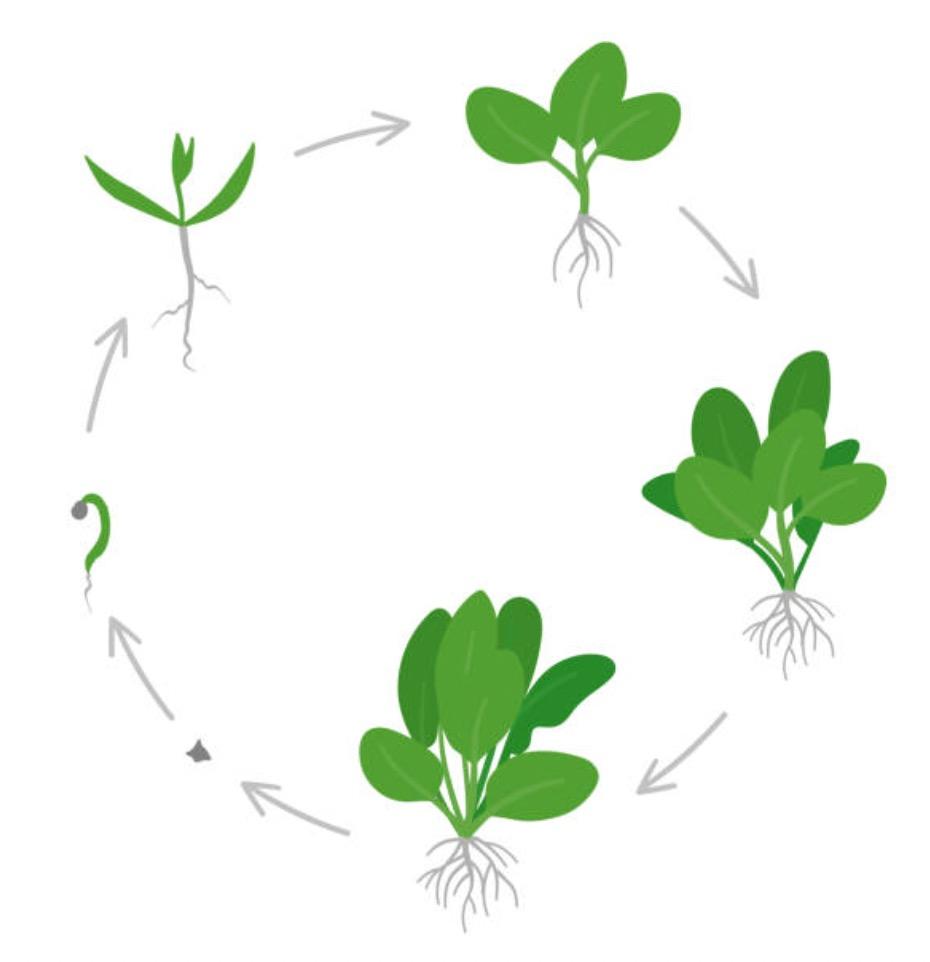


Late spring/early spinach season.
Spinach prefer to grow in cooler climates. of its major nutrients after harvesting.

Spinach thrives when grown in sandy soils.



Iron carries oxygen in the blood, supports the immune system & proper brain function
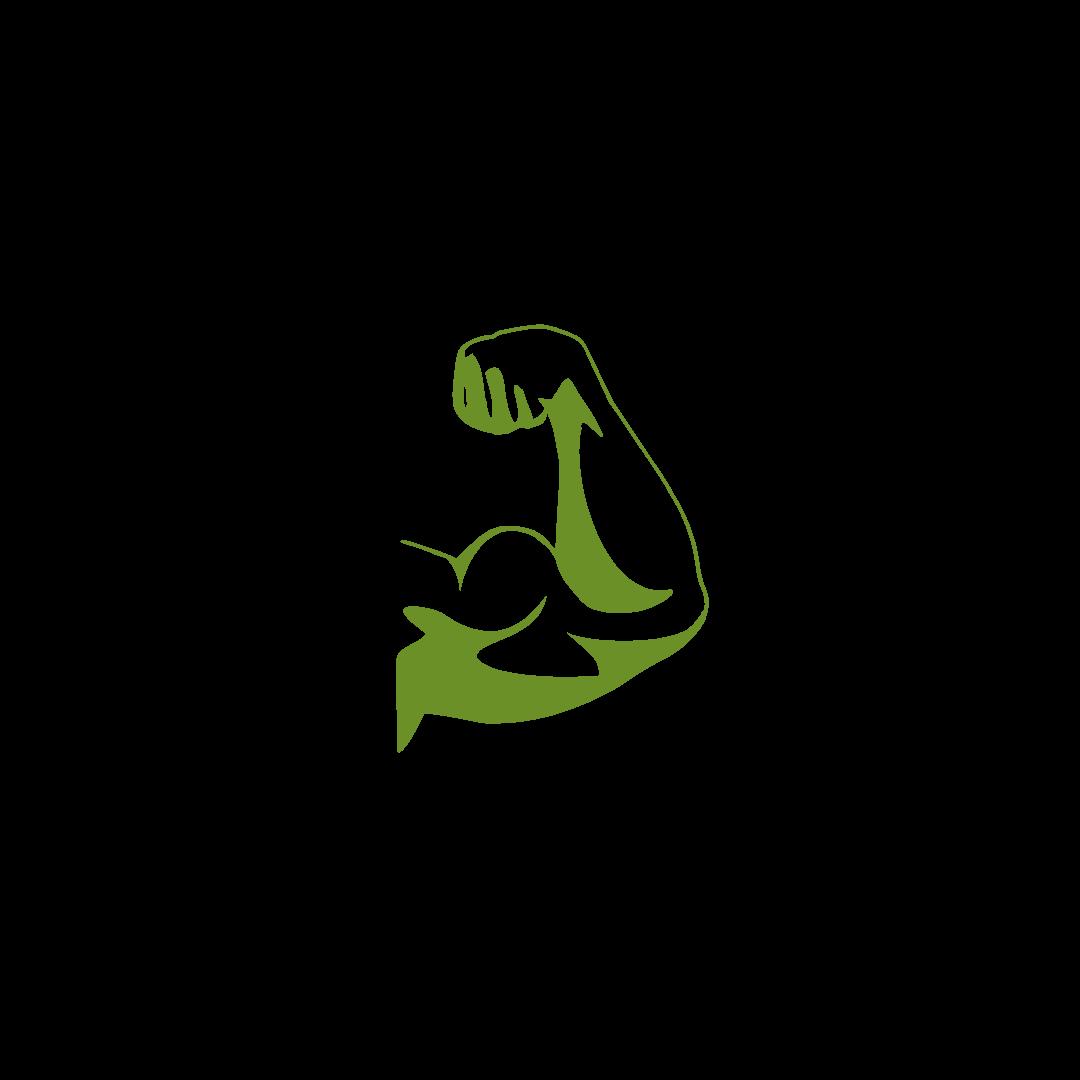
2 forms of iron: Heme & Non-heme. comes from animal meat and is easily absorbed into the body after eaten. comes from plant foodslike spinach!
Iron is found in EVERY cell of the body.

Non-heme sources of iron are best absorbed into the body when eaten with a source of vitamin C, like an orange.
Iron helps muscles function by carrying oxygen to their cells.

Supports a healthy immune system.

Human blood is RED because of iron and oxygen reacting with each other.
The body uses iron to make hemoglobin.

80% of the Earth’s crust is composed of iron.
Hemoglobin helps carry and transport oxygen in the blood to other parts of the body…like a backpack!
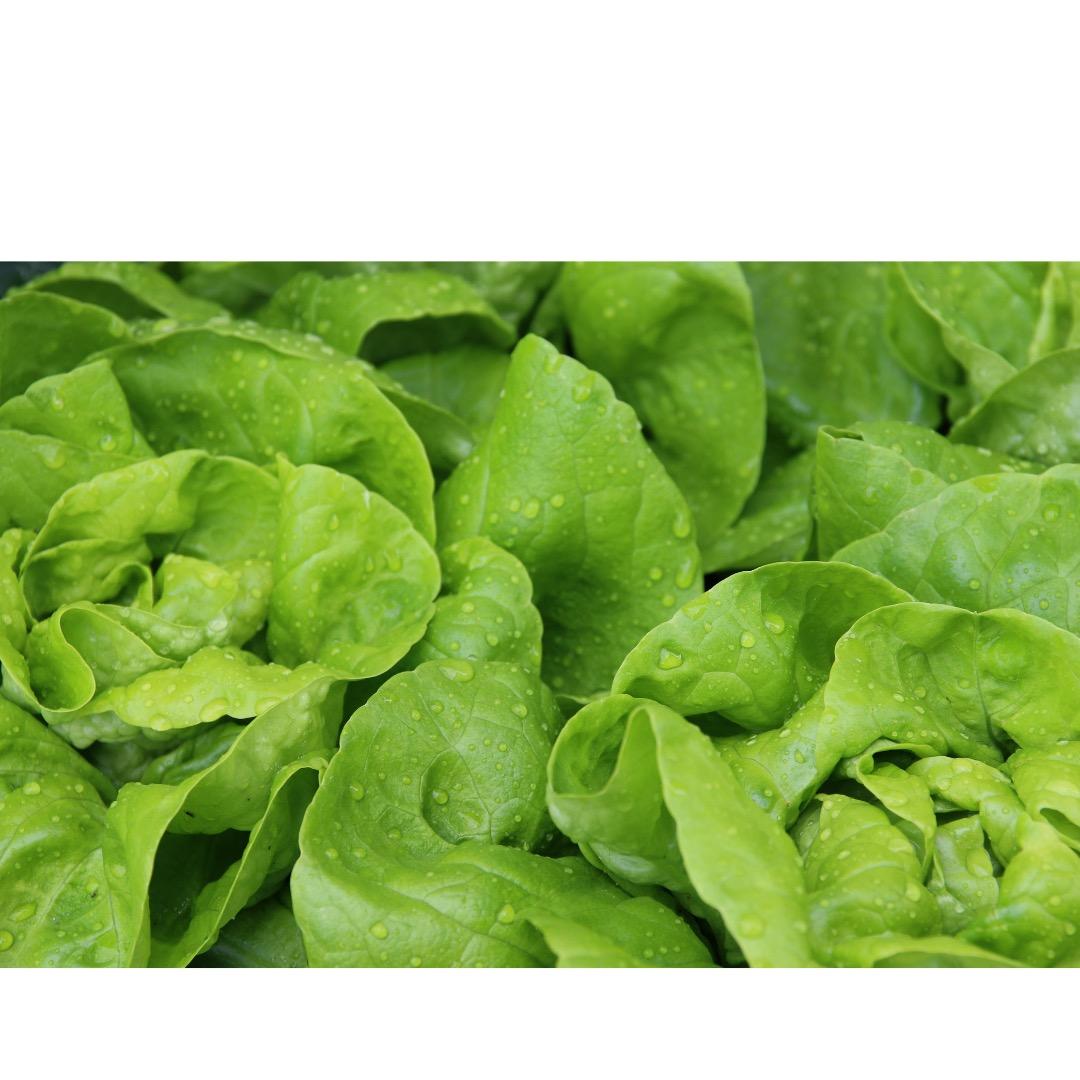


Lettuce is a type of leafy green vegetable.



Lettuce plants grow to be 6 - 12 inches tall.
4.
Lettuce grows best in cooler climates.
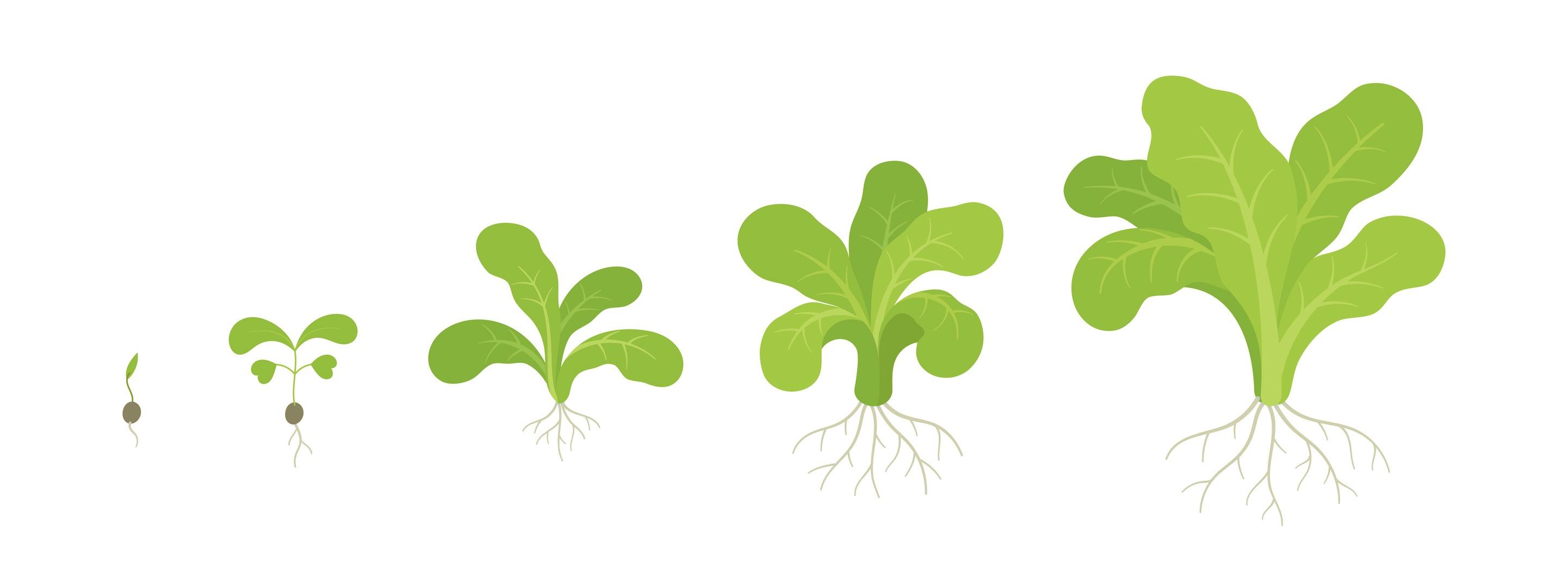
Iceberg lettuce (also known as crisphead) is the most popular type of lettuce in the U.S.



Hydration is the process of replacing fluids Water is the body’s main source of hydration.
Being hydrated helps convert food into energy
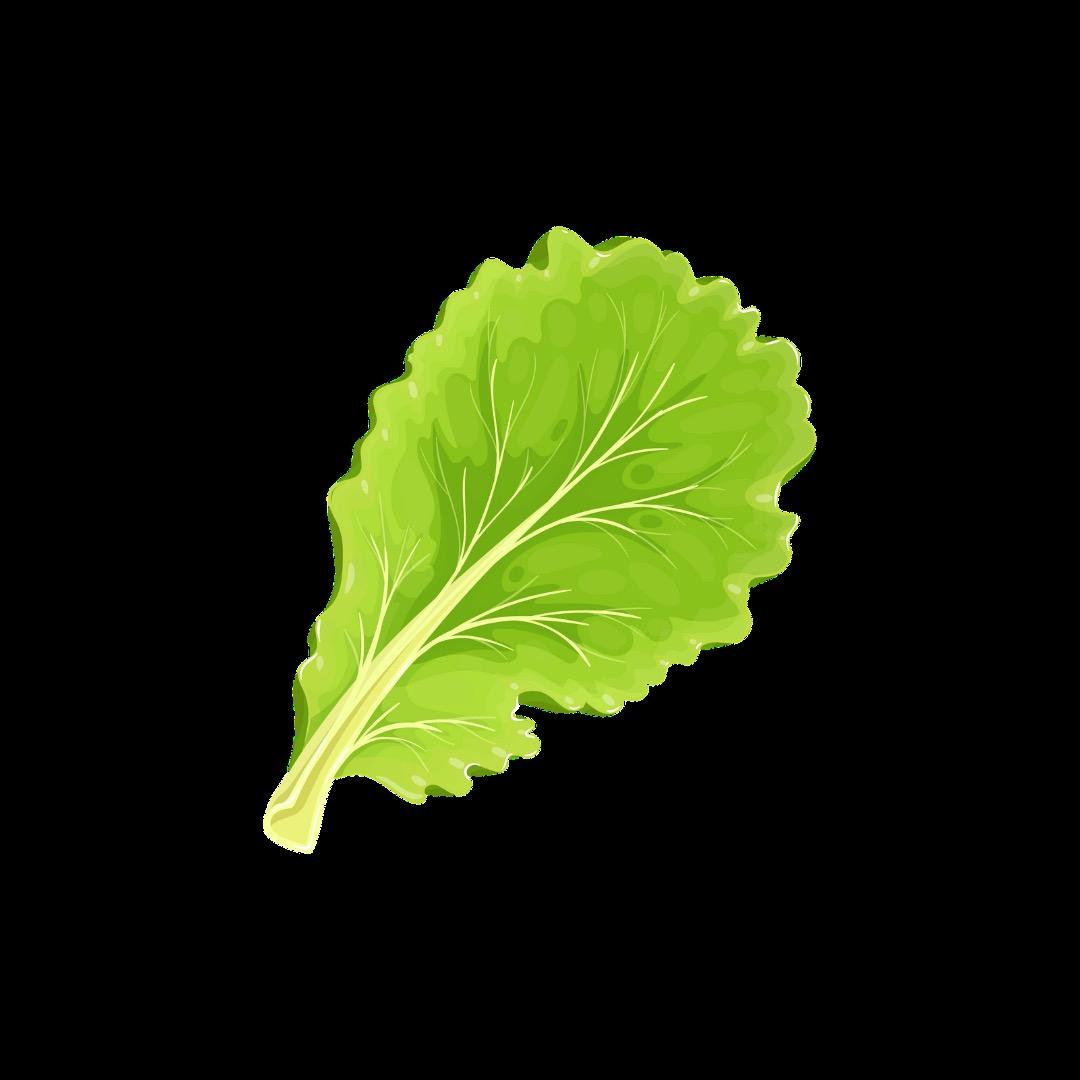




Hydration helps regulate body’s temperature

The body’s 6 essential nutrients: carbohydrates, proteins, fats, vitamins, minerals & WATER !
Water helps carry nutrients & oxygen to all the cells in the body.

Proper hydration can help to improve moods.

The body is better at fighting off when properly hydrated.
Sleep quality can improve when the body is hydrated.
Many fruits & vegetables have a high water content, making them hydrating to eat.



Cabbage is a type of cruciferous vegetable.
Cabbage is closely related to other cruciferous vegetables like broccoli, kale & cauliflower.
Cabbage has been harvested for over 6,000 years making it one of the OLDEST vegetables in existence.
Cabbage can grow up to 6 feet tall.
Cabbage leaves have a waxy coating.
400+ varieties of cabbage.
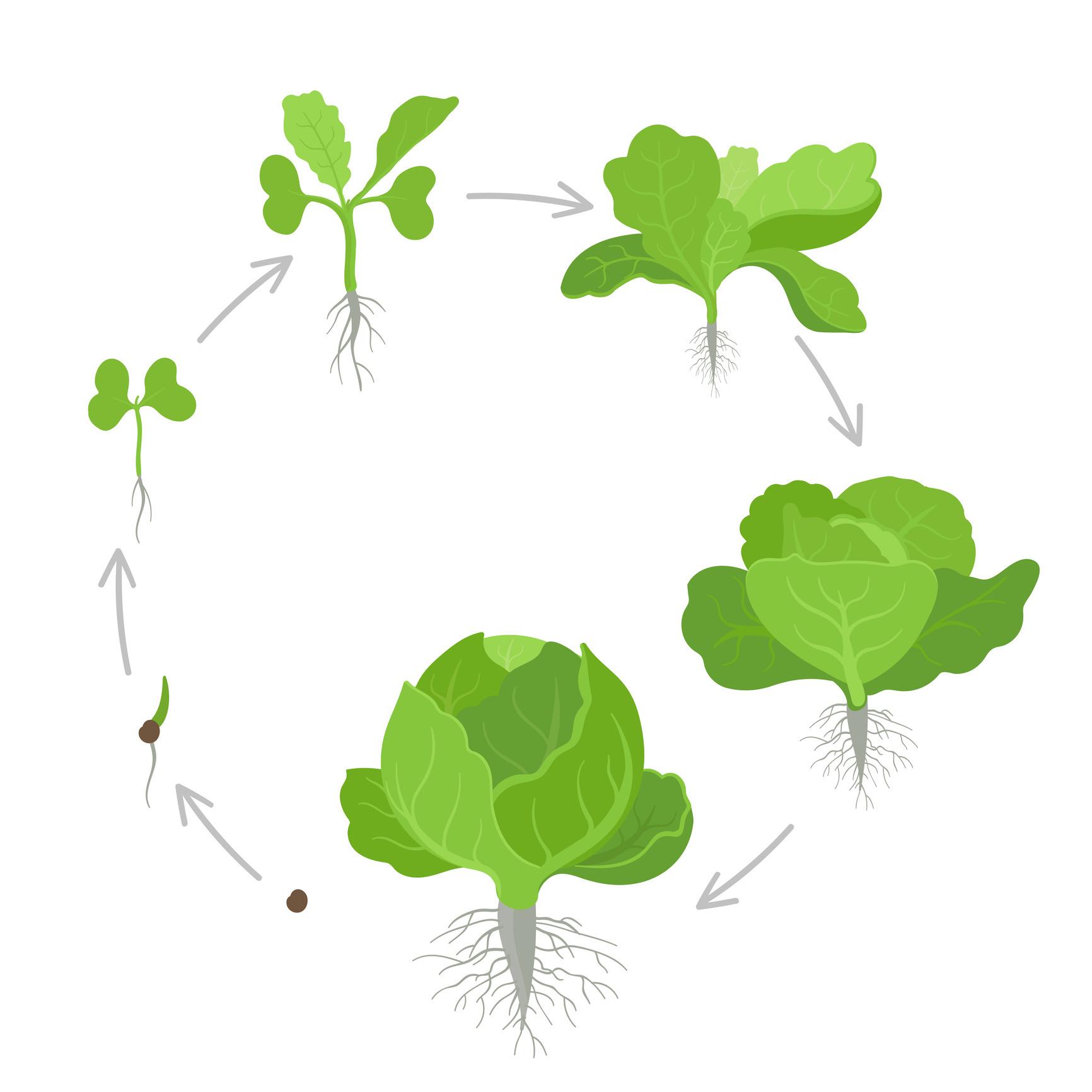

Types of Cabbage:


“coldweather veggie. ”
Early cabbage takes days cabbage takes 87 days.
The most popular varieties of cabbage:
2.
3.



Vitamin K supports proper blood function, bone growth & kidney health. The body has the ability to create vitamin K on its own.
2 main forms of vitamin K: K1 and K2.
Vitamin K is a fat-soluble which means… It absorbs better into the body when eaten with foods with some fat like olive oil or avocados!
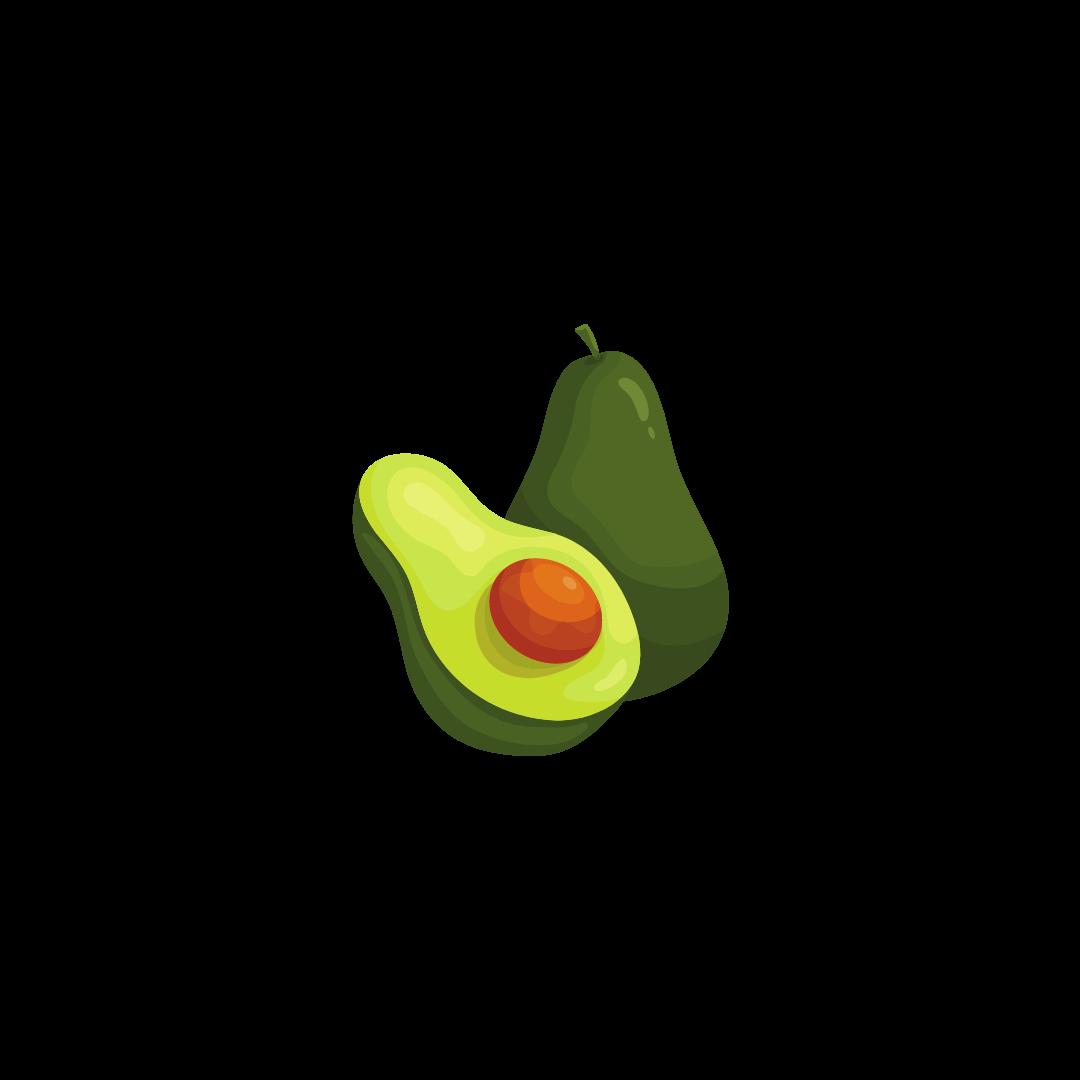

Vitamin K helps the body heal from wounds.

Vitamin K helps produce proteins that bind themselves to calcium - this helps build strong bones.

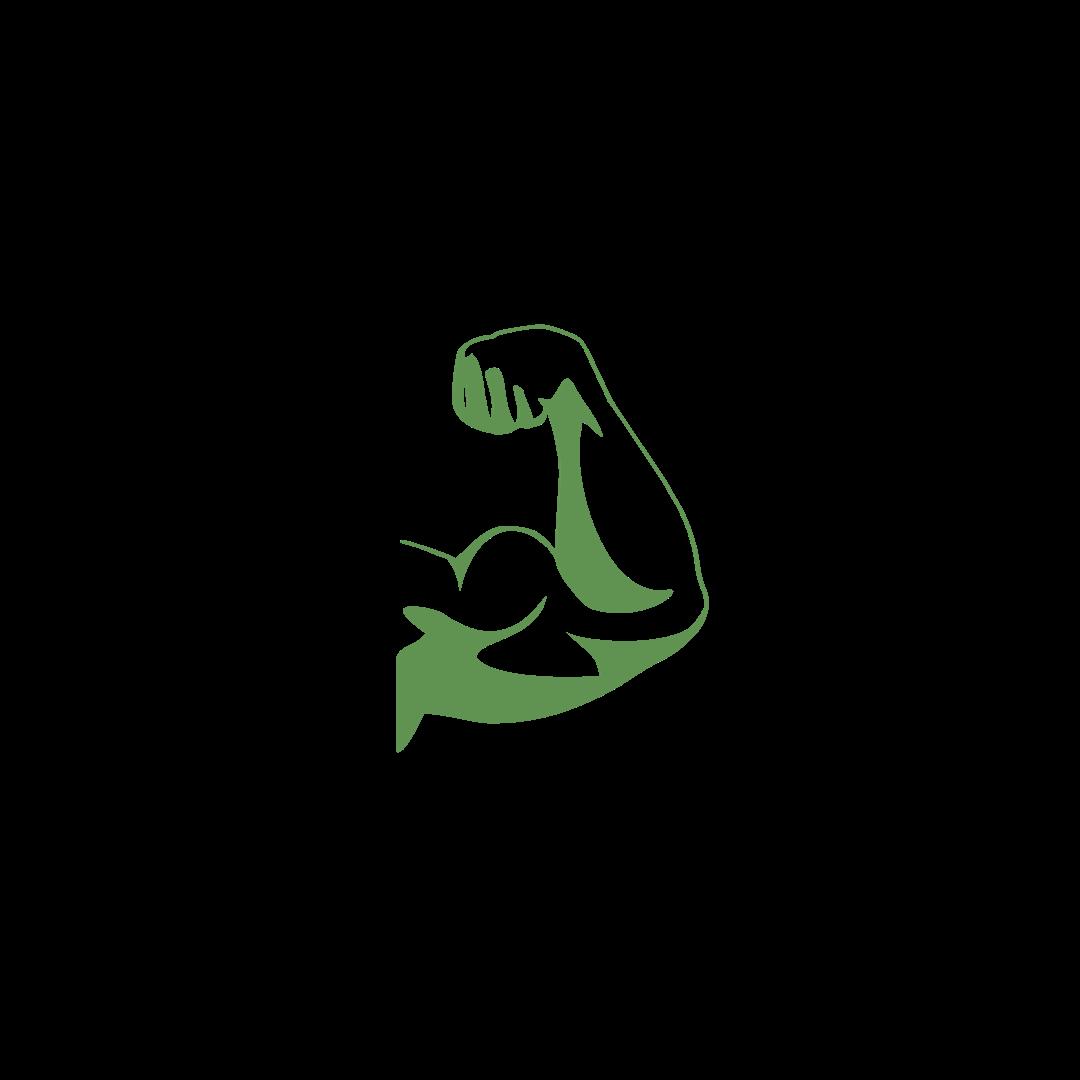
Vitamin K supports heart health.
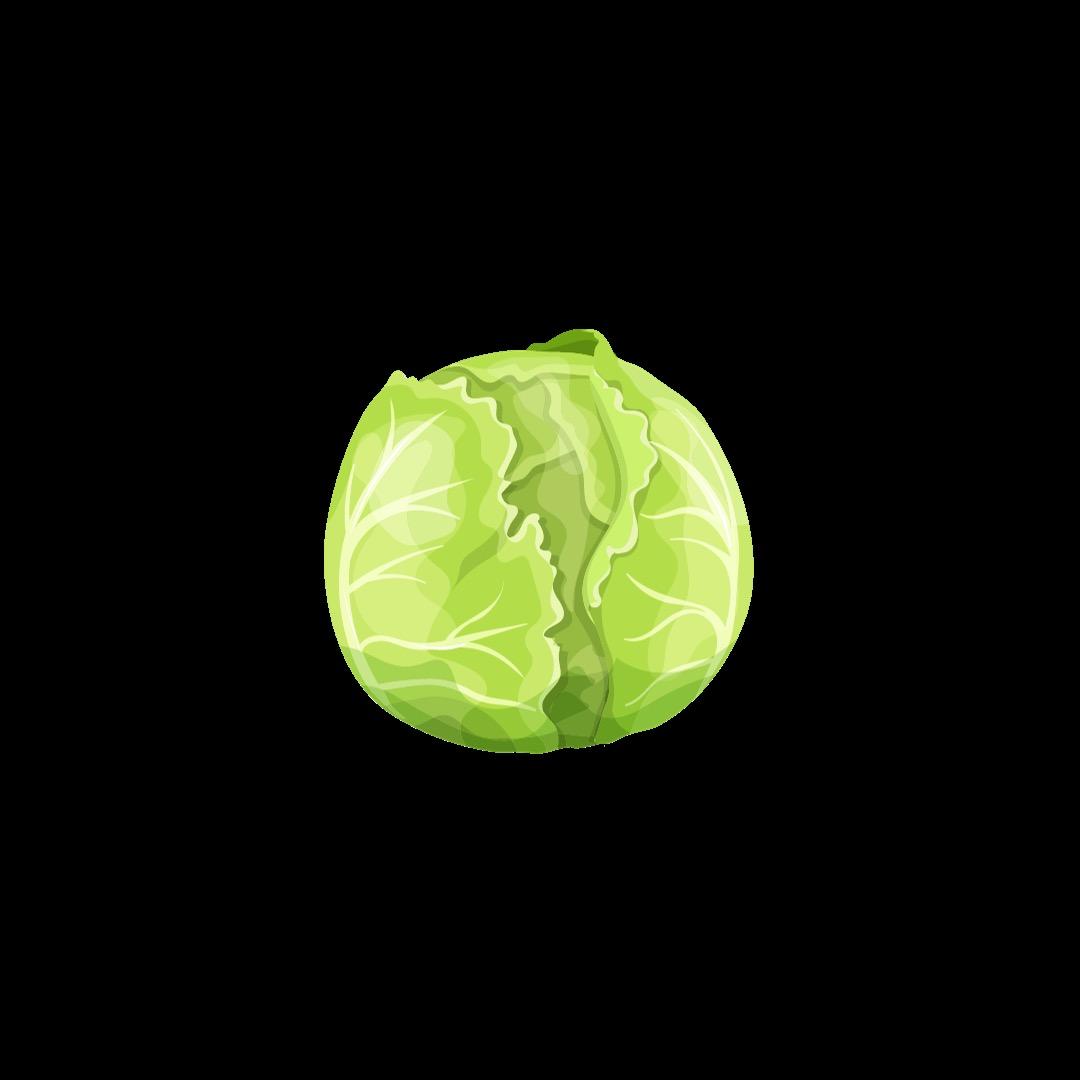
Vitamin K is found throughout the body in the liver, brain, heart, pancreas & bones.
Vitamin K plays a role in proper blood function- specifically with clotting.
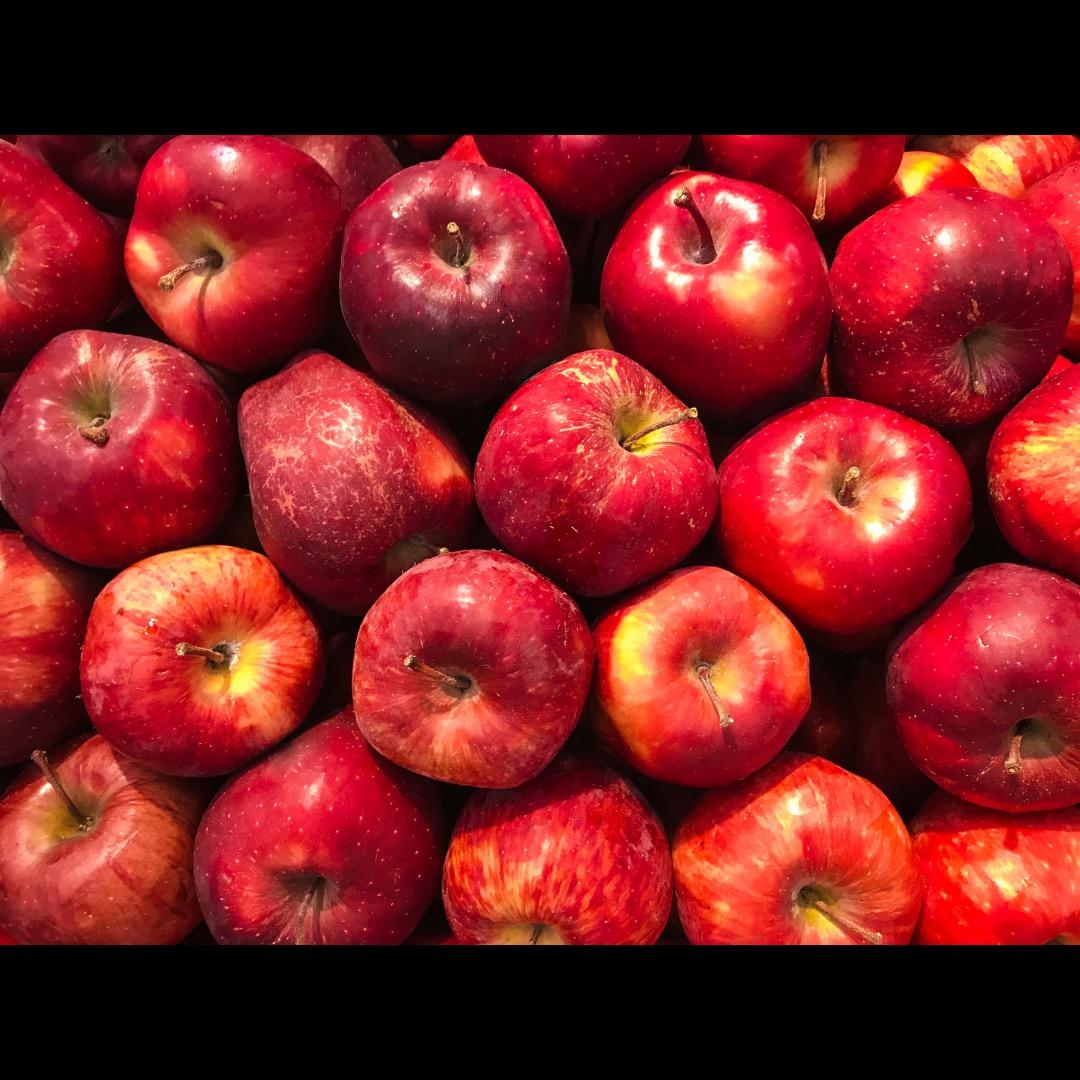


Most apples are harvested & sold fresh.
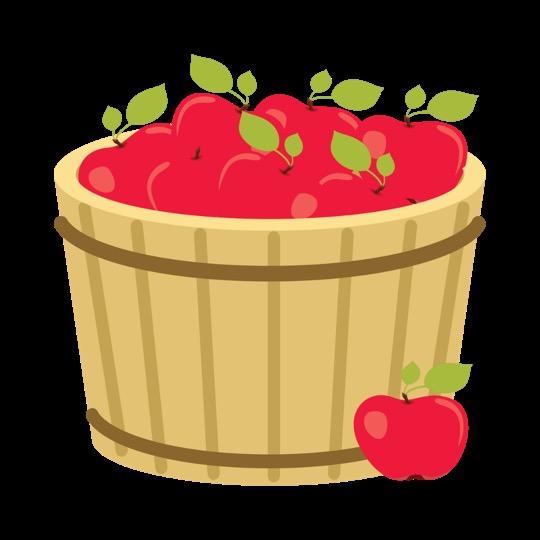
Apples are one of the most widely cultivated tree fruits. The U.S. is home to approximately 322,000 acres of apple orchards. of the Most Popular Varieties of Apples:
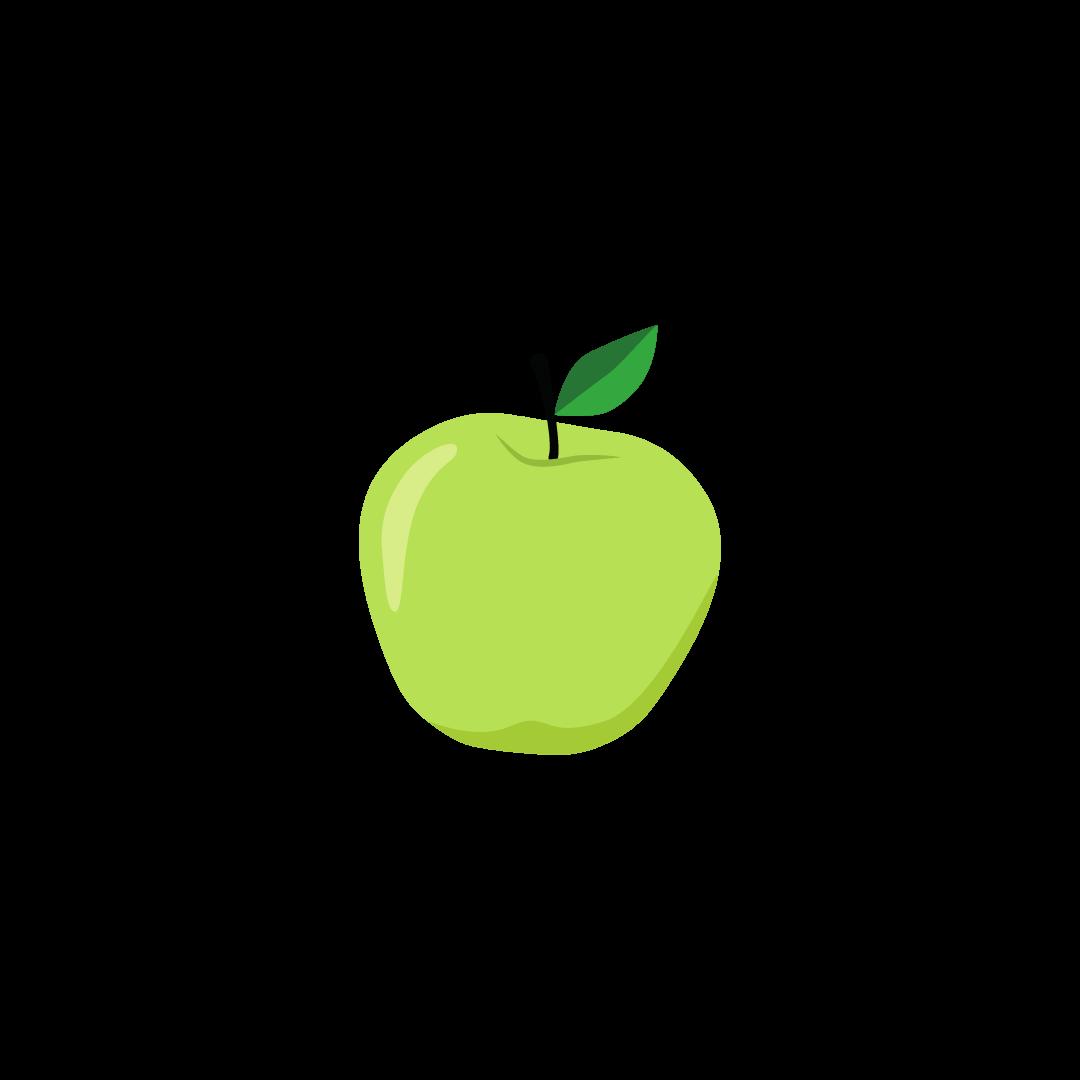
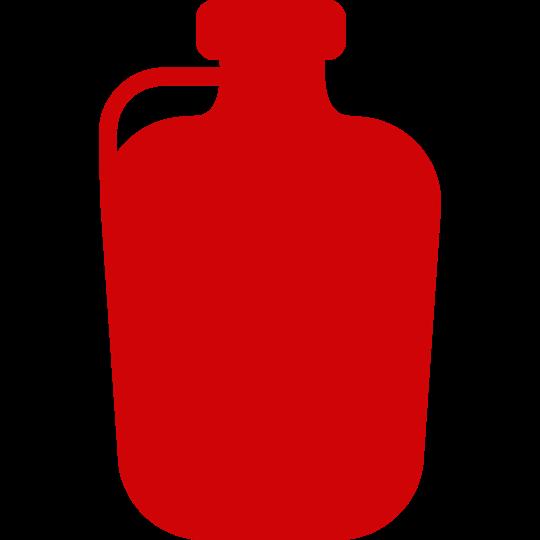
apples make 1 gallon of cider.

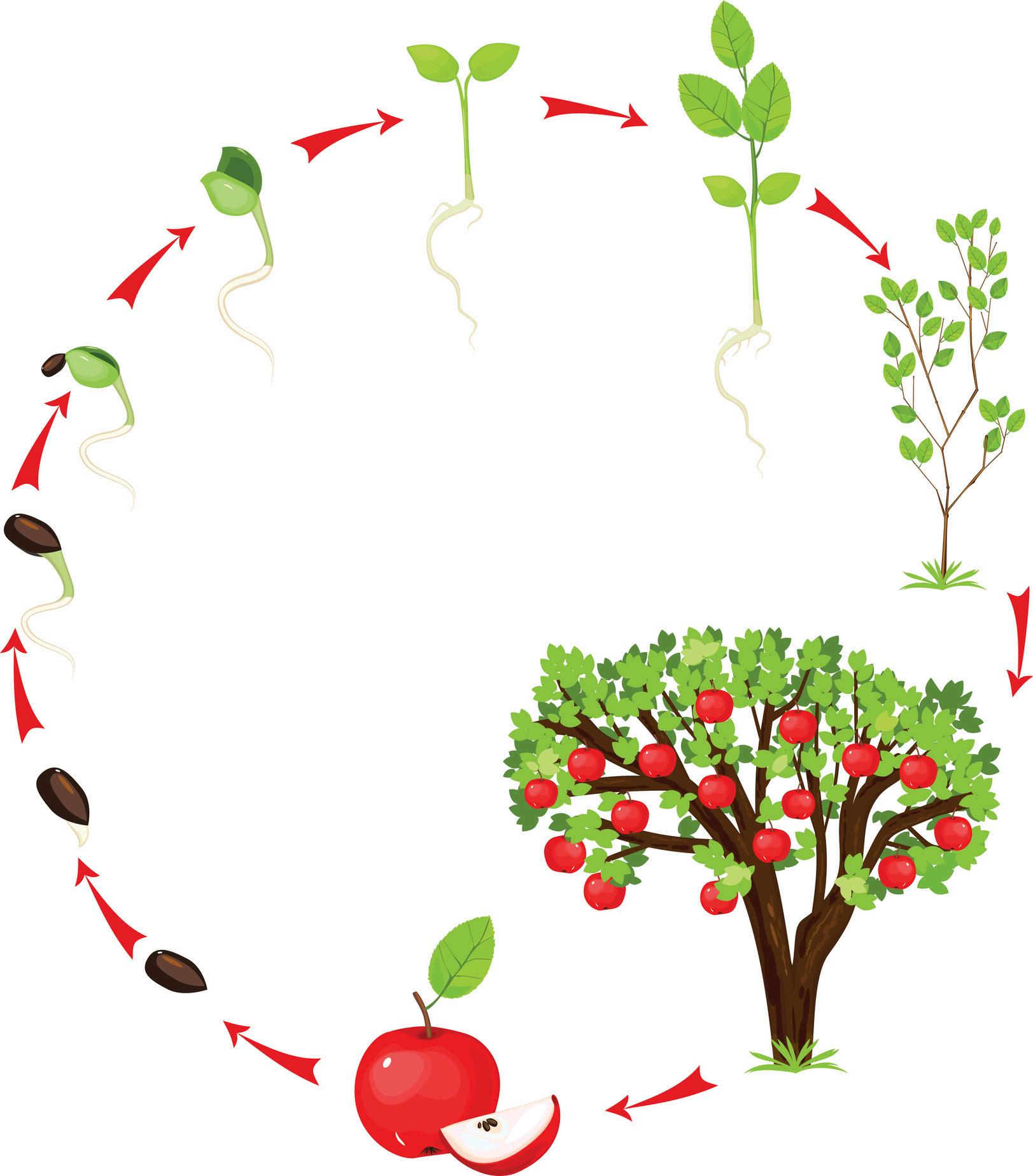

varieties of apples are grown in the U.S.
2,500+ 21% of apples are juiced.
An apple blossom is the flower that comes from an apple tree.
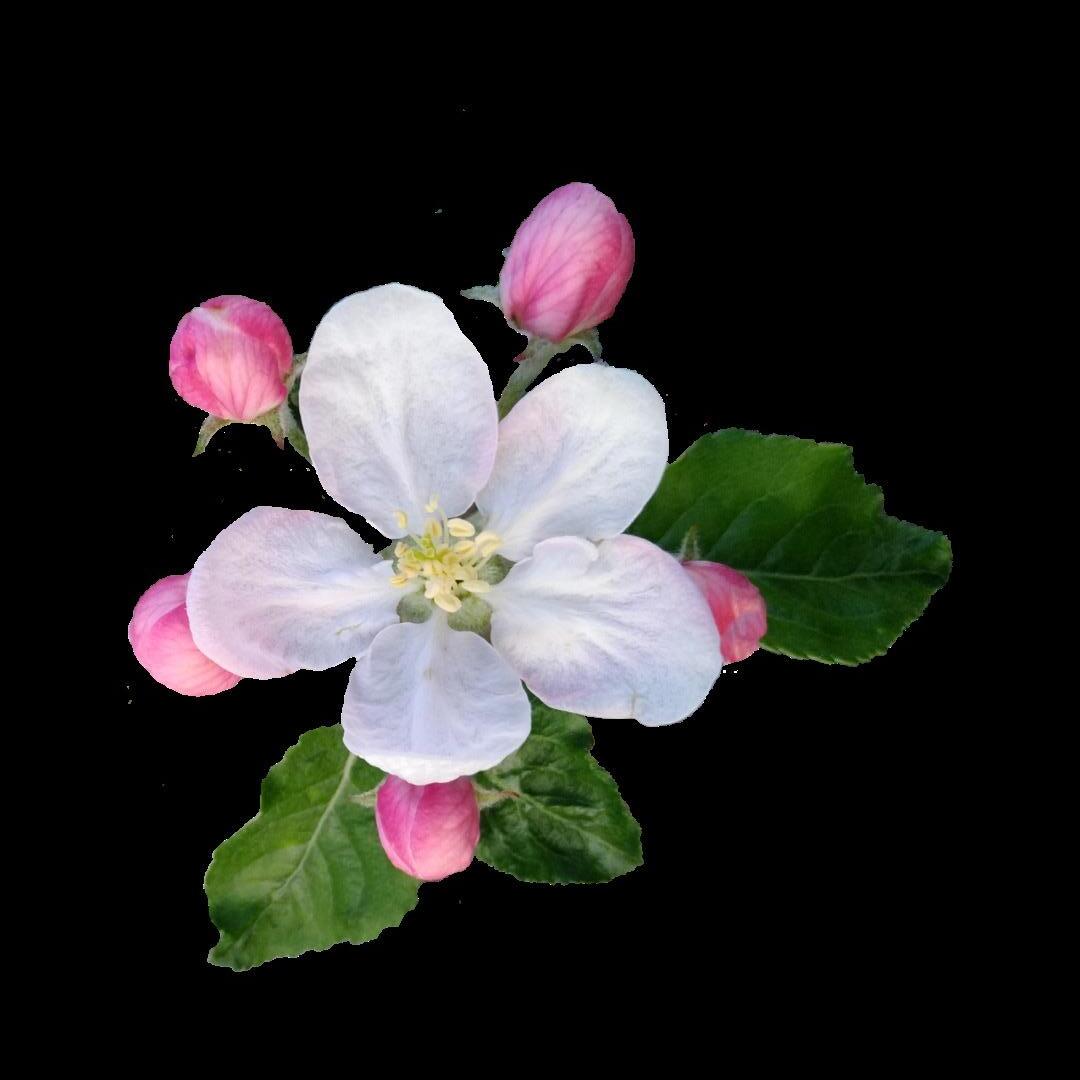
An apple tree takes at least 4 years to start producing fruit.

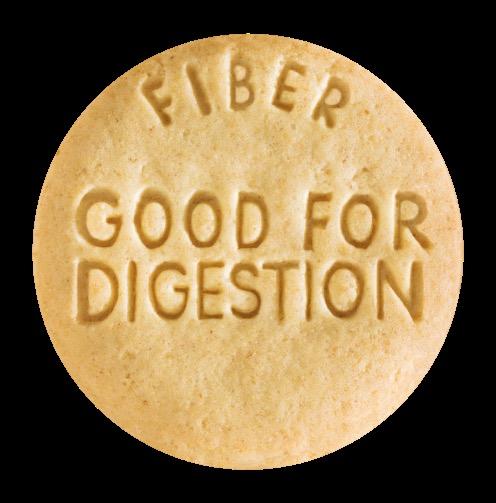




Fiber supports movement through the digestive system.
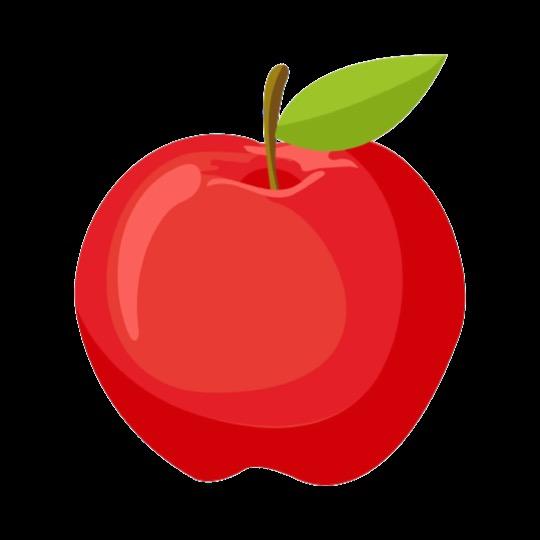
Fiber is a type of carbohydrate that the body doesn’t digest, it simply passes through.
Soluble fiber dissolves in water…it helps regulate blood sugar levels and removes cholesterol from
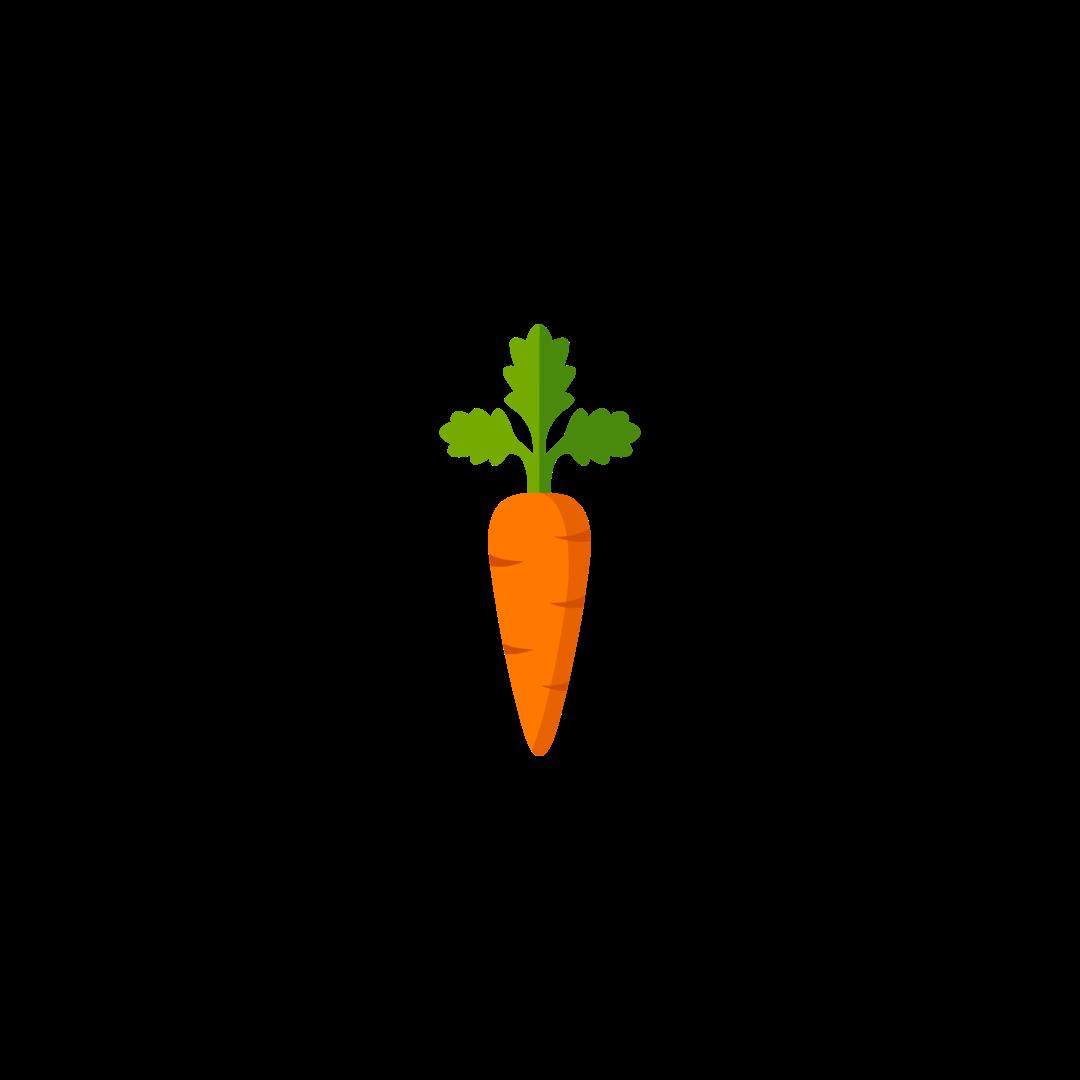
Insoluble fiber is sometimes referred to as “roughage. ”
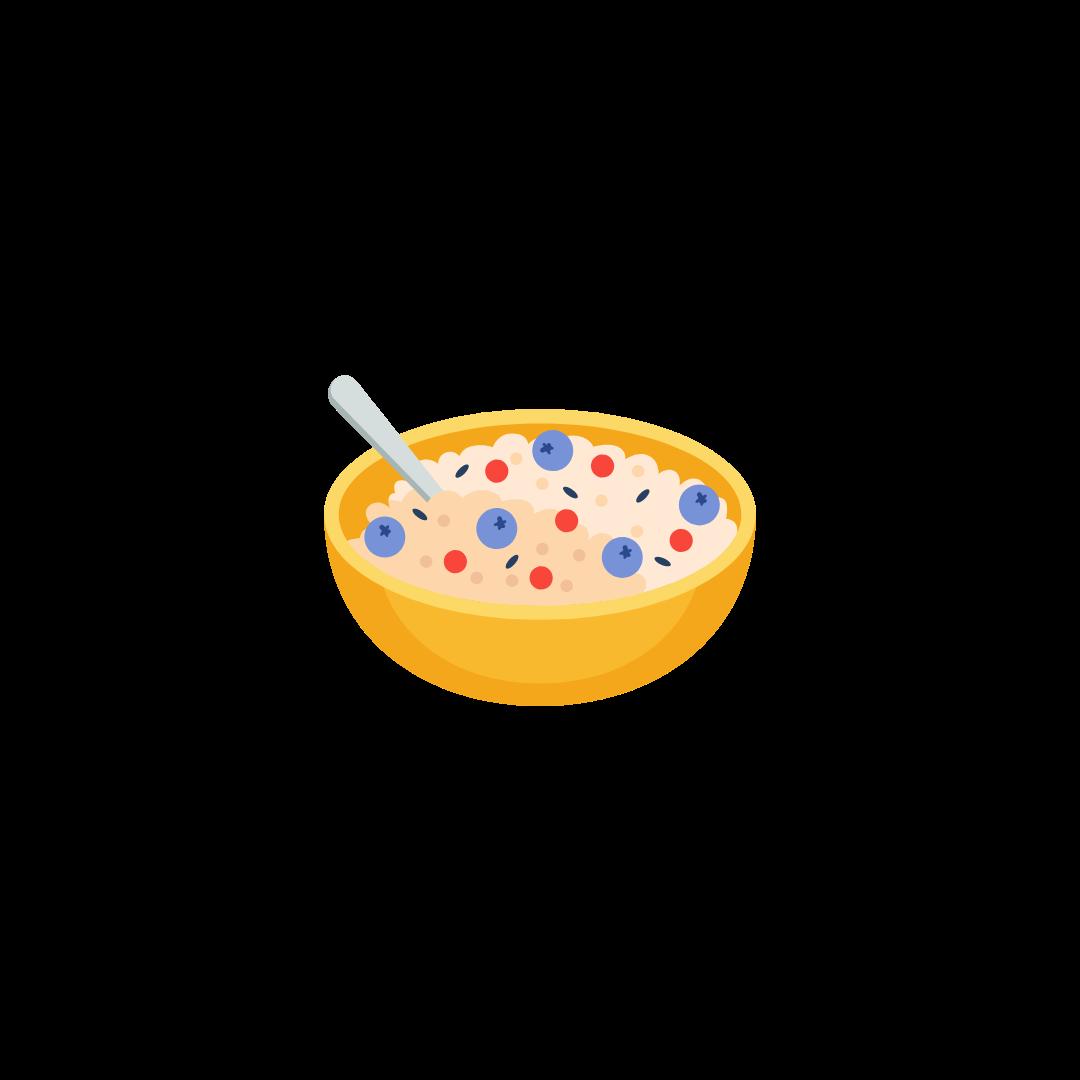
2 types of fiber:

1. Soluble fiber
Insoluble fiber
Fiber is ONLY found in plant foods.
Dairy & meat products do not have any fiber.
Fiber helps to regulate the body’s use of sugar.
Insoluble fiber does not dissolve in water…it helps food move throughout the digestive system.
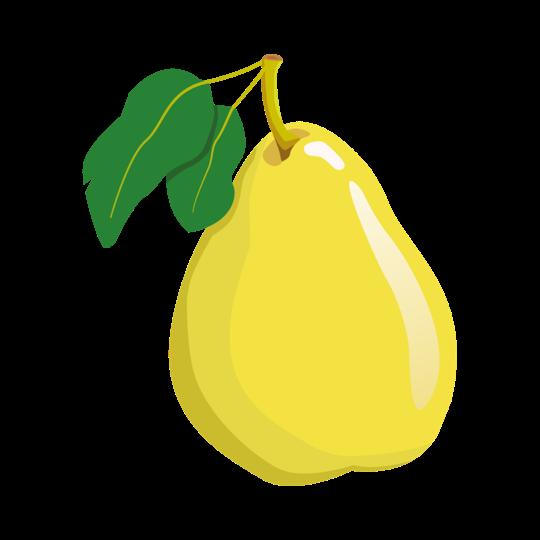
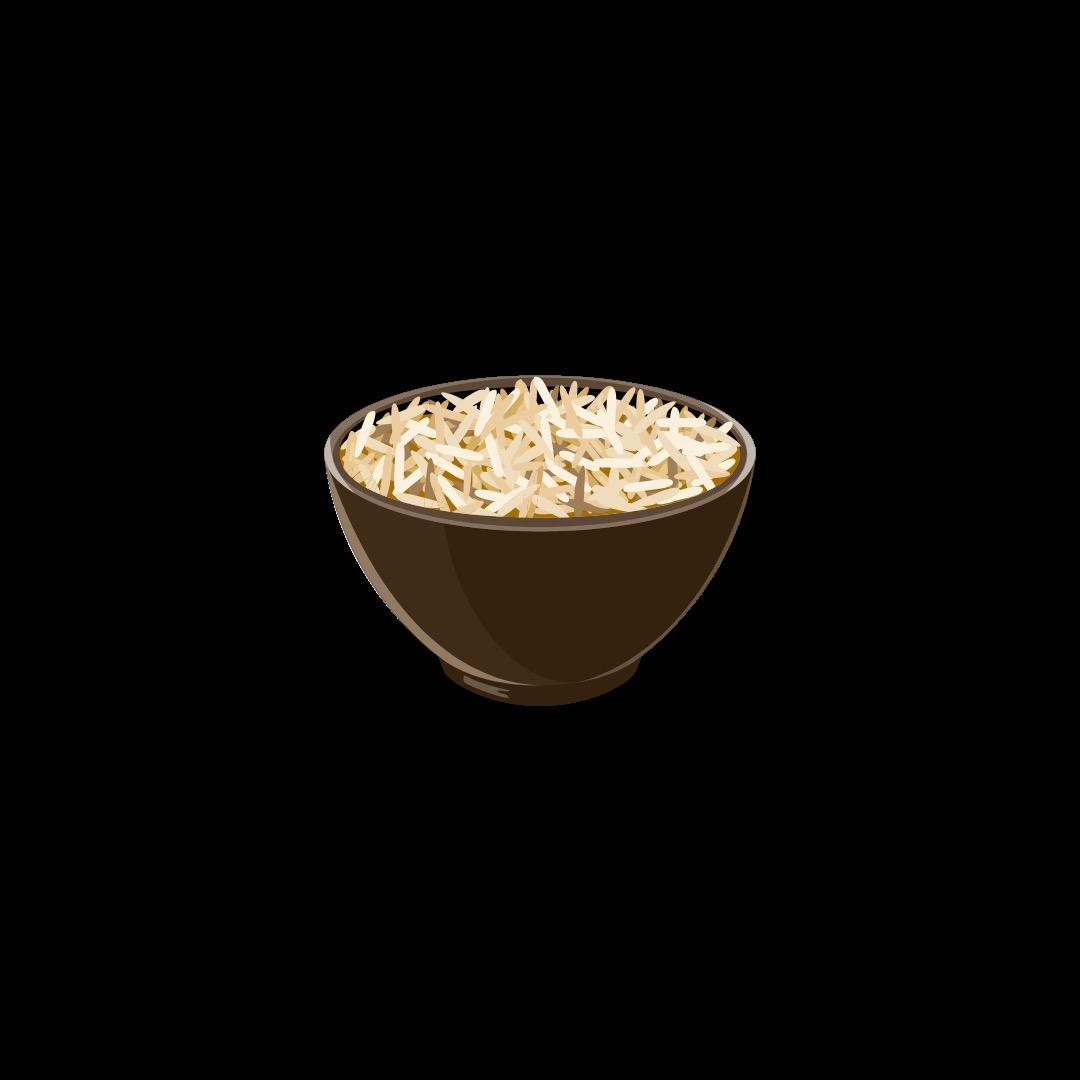
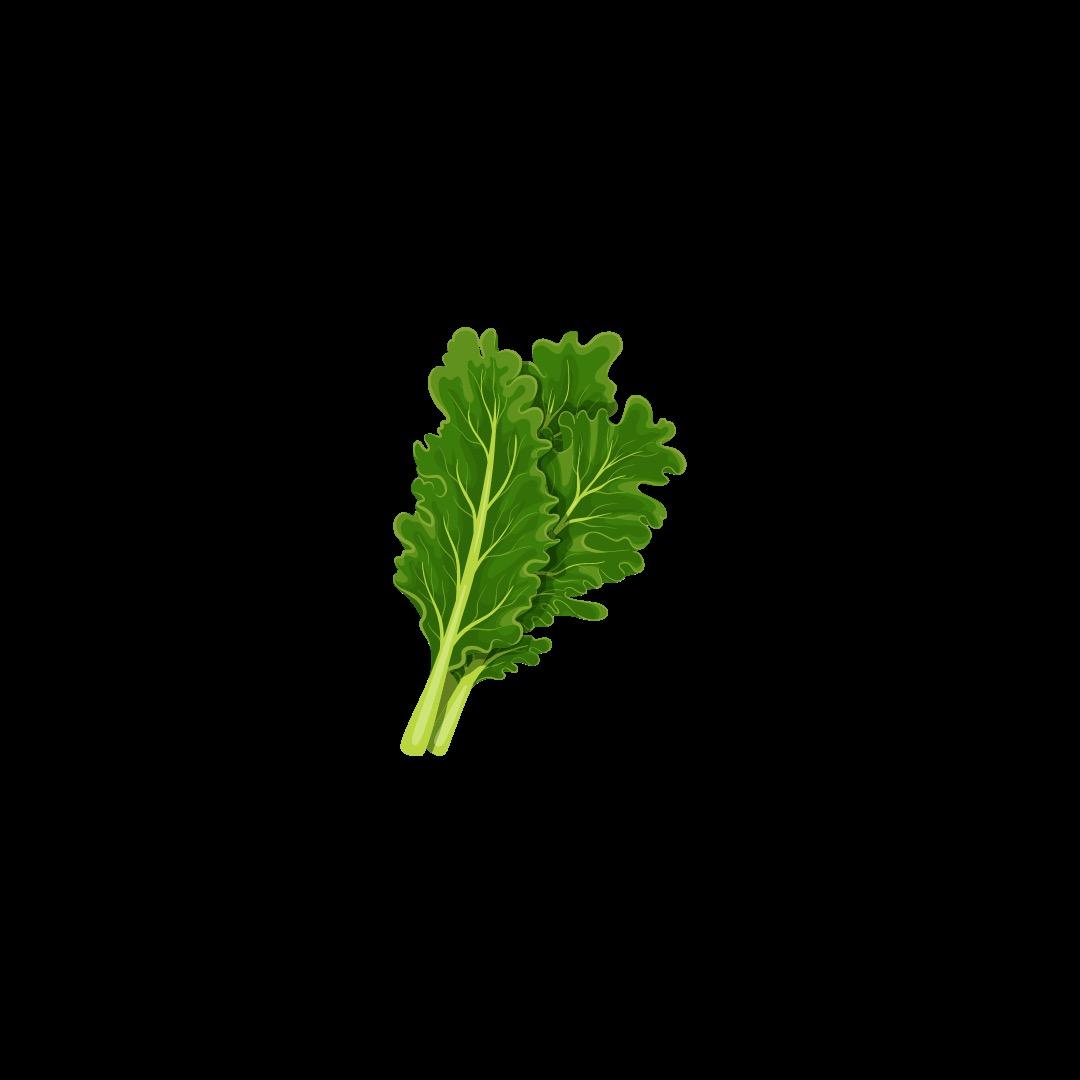
BOTH forms of fiber are important & beneficial to overall health.

Strawberries are a type of aggregate fruit a collection of ‘little fruits’ held together.


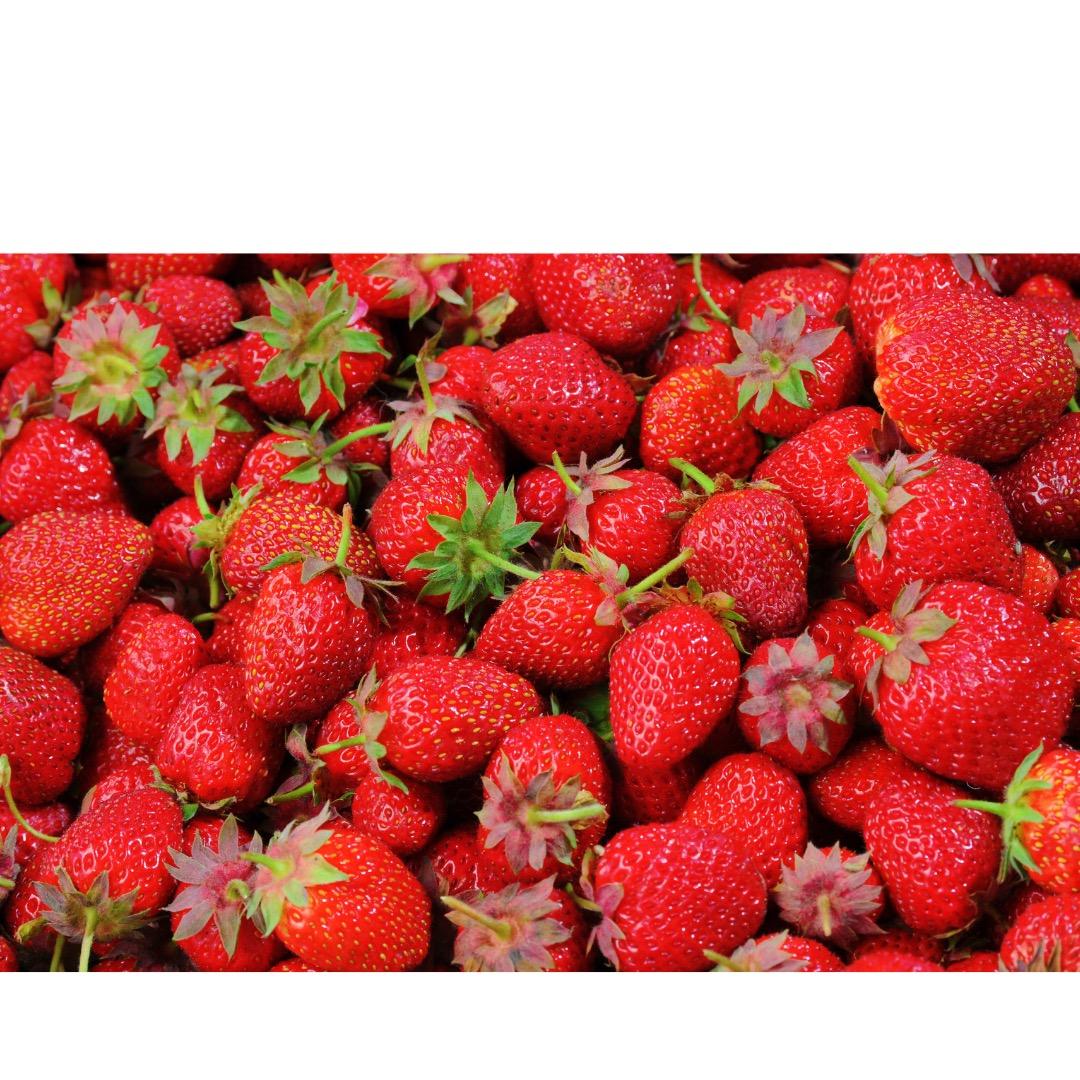
Strawberries are a part of the rose family.
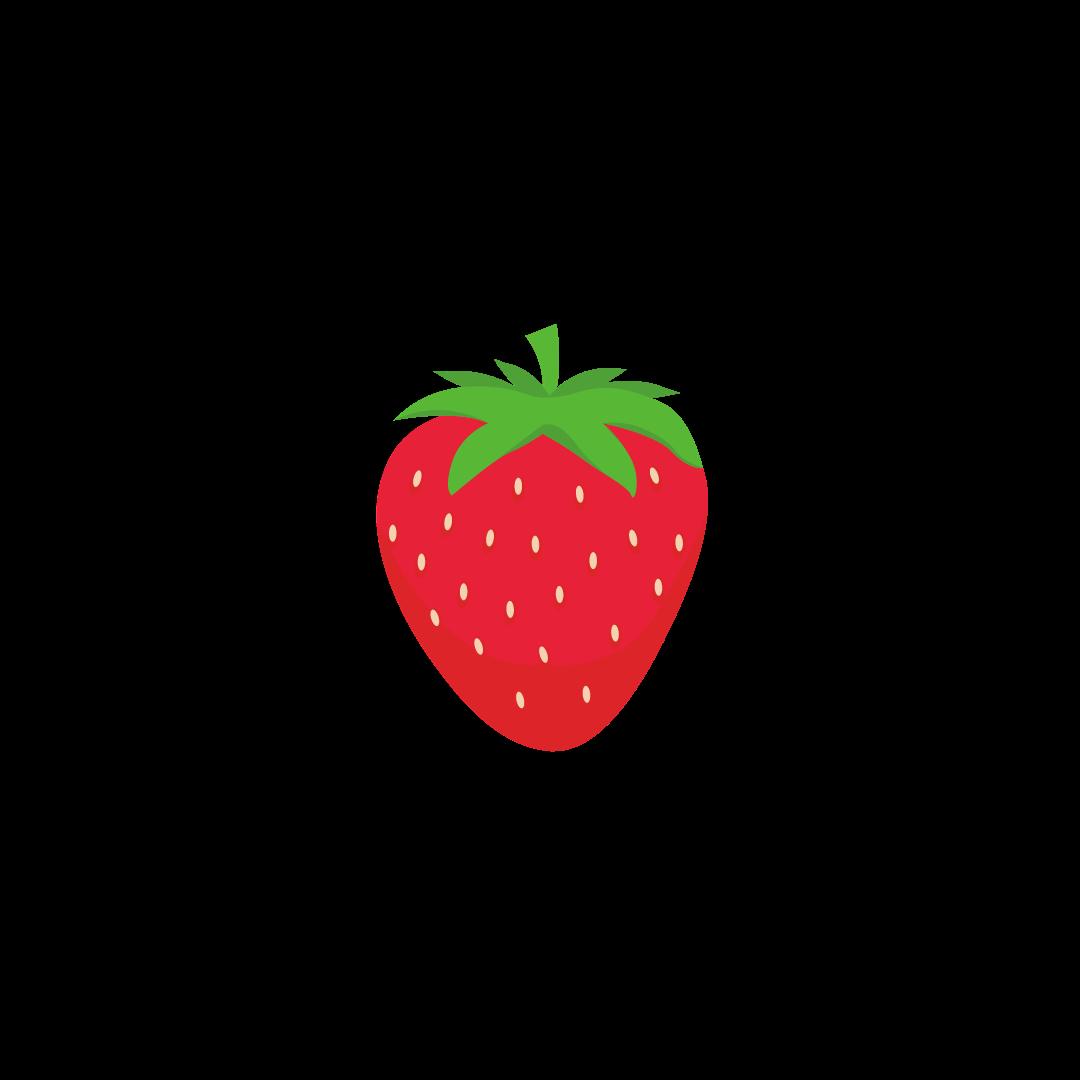
Strawberries are the FIRST fruit to ripen in the spring.
Peak strawberry harvesting season is April - June.
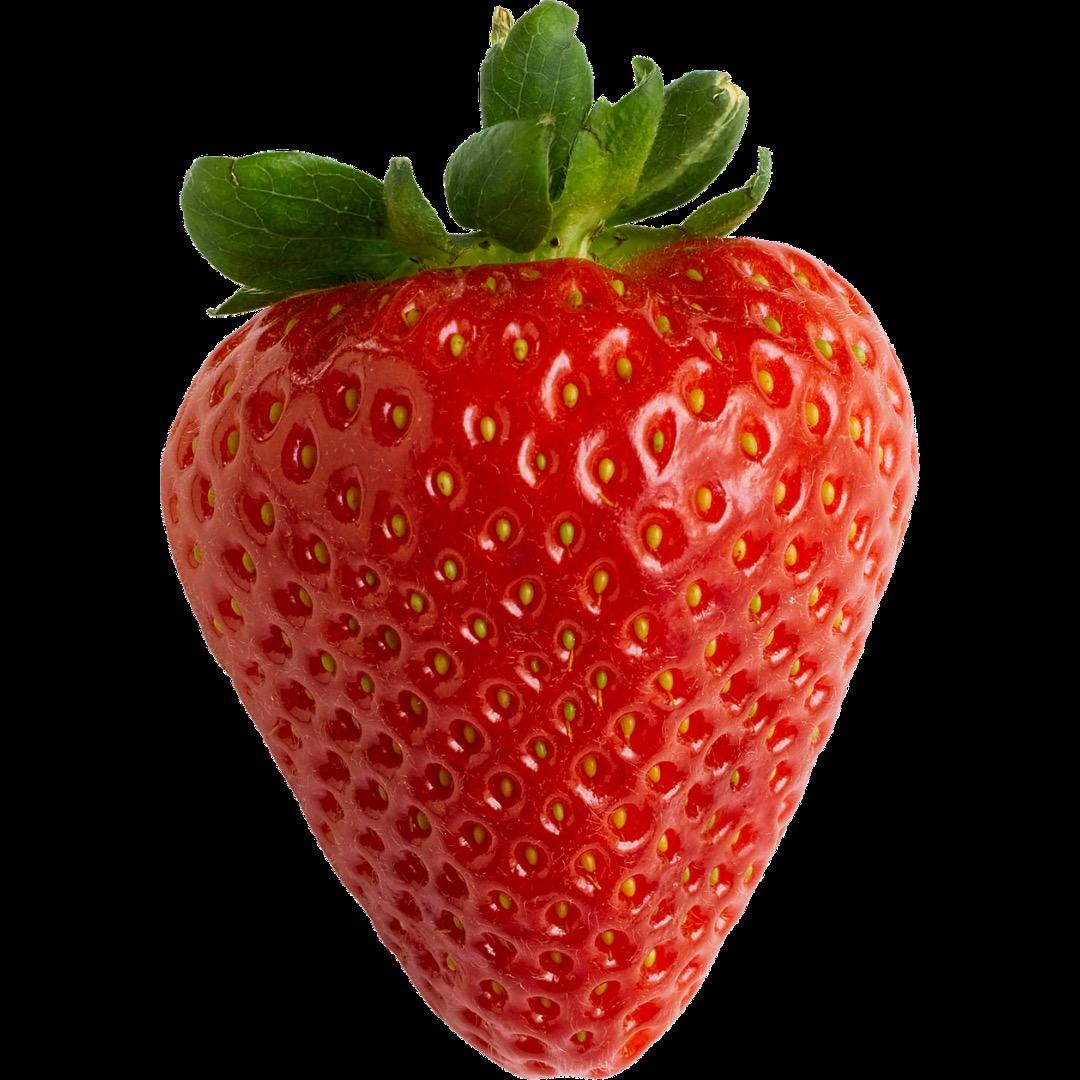
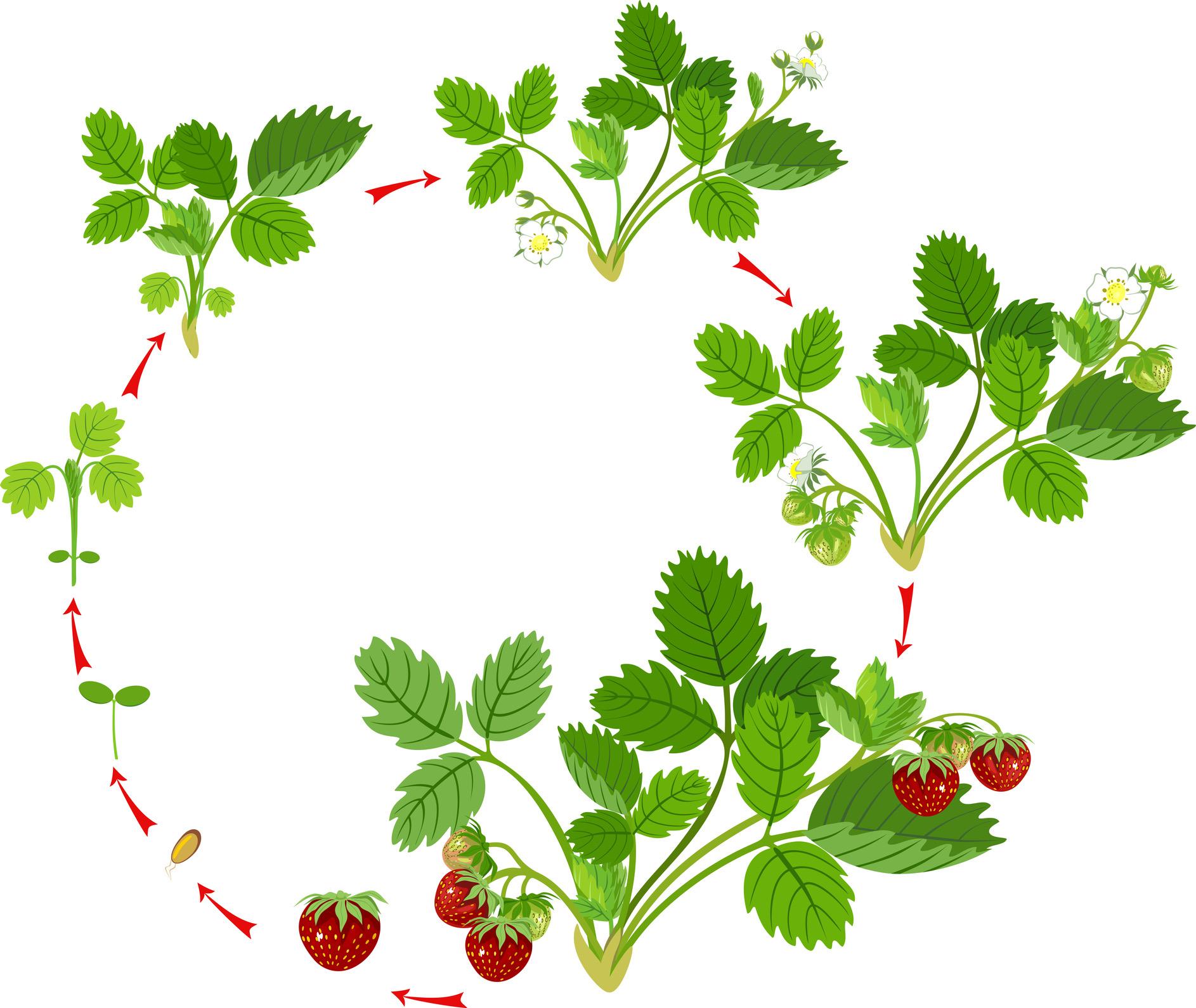

1. June-bearing 2. Ever-bearing 3. Day-neutral strawberry has 200 seeds.

Strawberries are the ONLY fruit with seeds on the outside.
90% of the strawberries grown in the U.S. are from California.





Vitamin C supports the immune systemthe body’s defense against infections.

Vitamin C is also referred to as “ascorbic acid.”

Vitamin C is an antioxidant. Antioxidants help protect against damage caused by exposure to harmful substances in the environment.


The body cannot make vitamin C on its own - it has to come from food.
Vitamin C helps keep you happy & healthy! What do you call a vitamin that improves your eyesight?


Vitamin C is a very important vitamin for healthy gums & teeth.
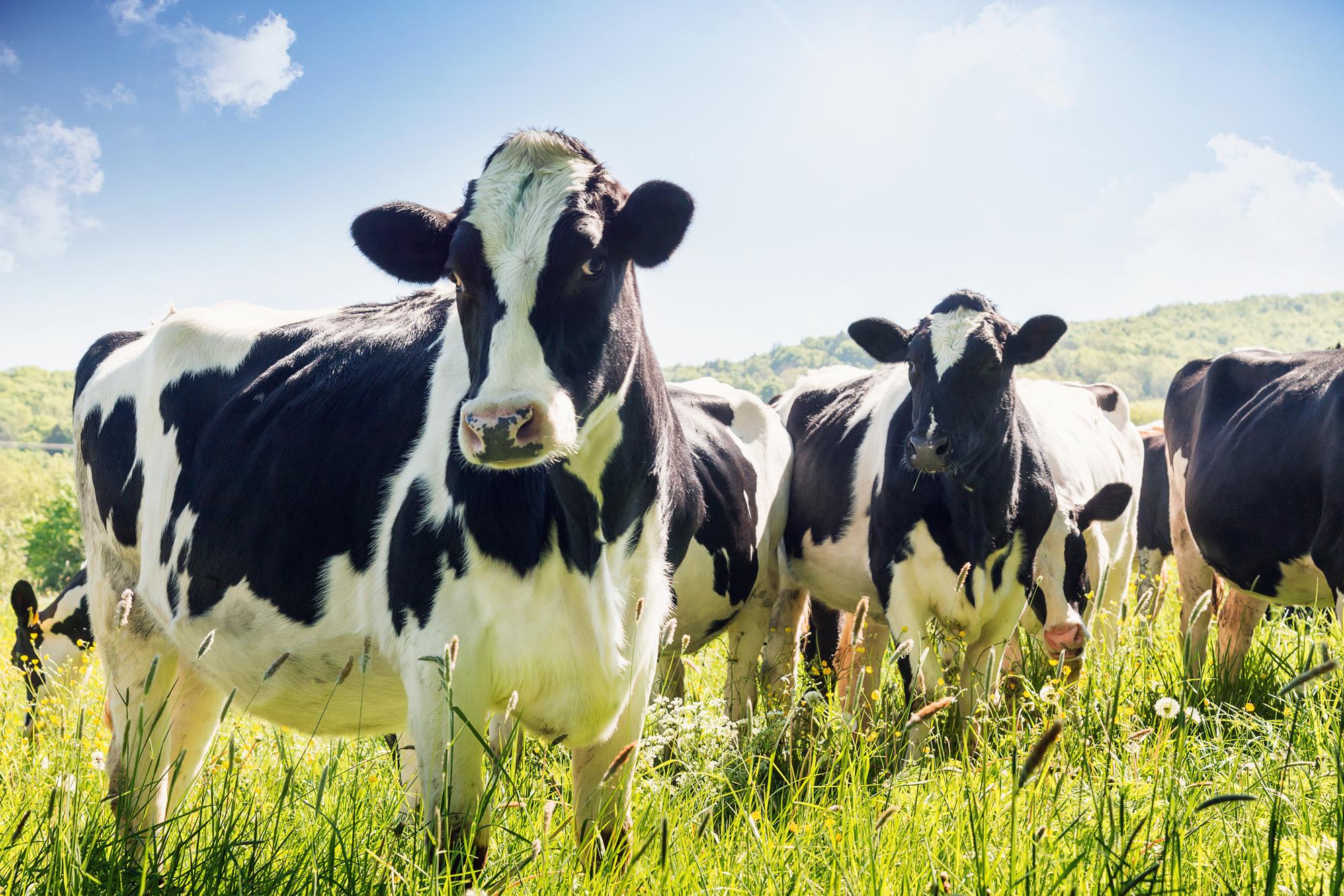


Milk is a type of dairy product –most commonly made from cows. essential nutrients
Milk is made up of 85-95% water with the rest being fats, proteins, carbohydrates & vitamins
Breeds of Dairy Cows: 6
1. Ayrshire
2. Brown Swiss
3. Guernsey
4. Holstein
5. Jersey
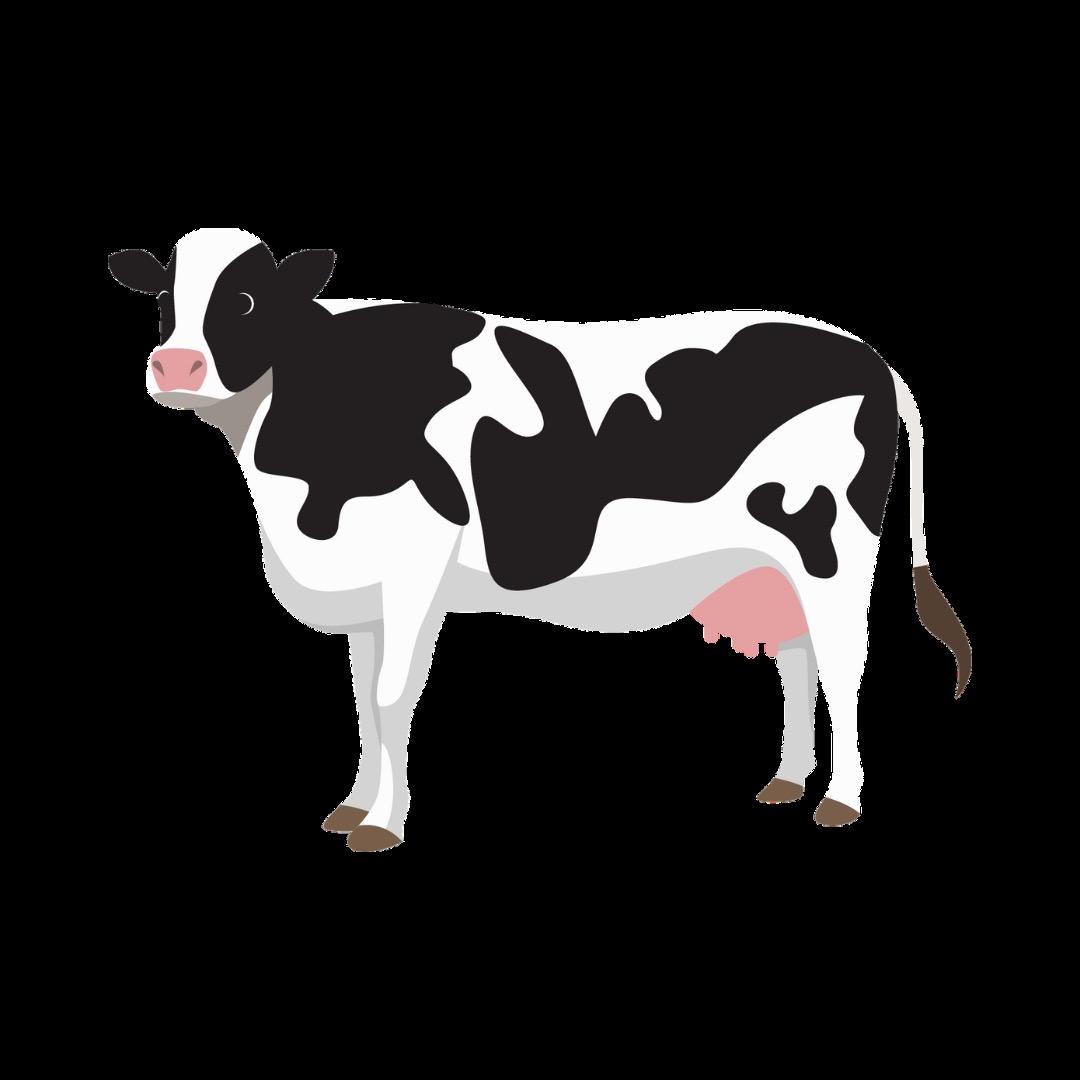
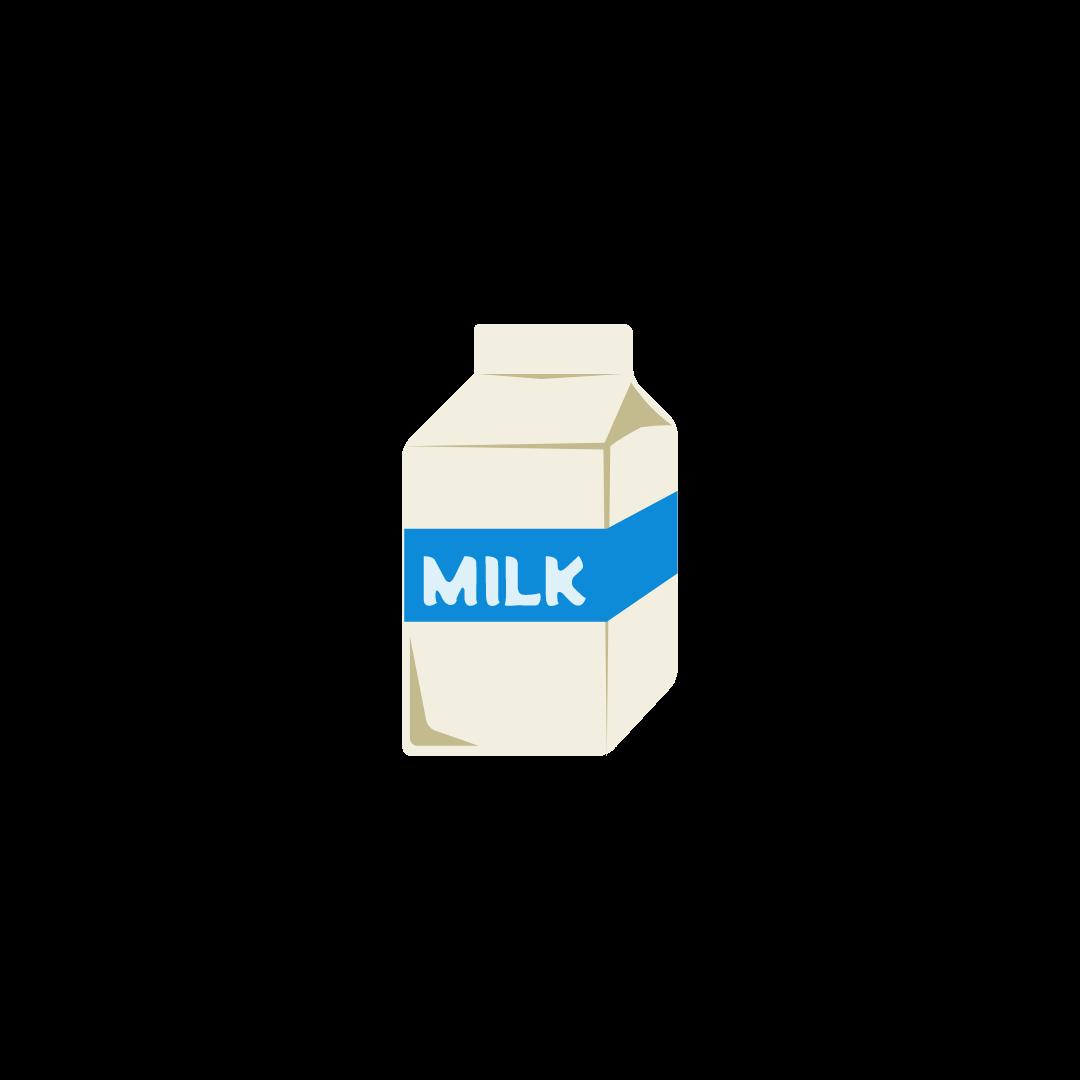
6. Milking Shorthorn
Holstein cows all have a unique pattern of spots!
1 cow produces around 6 gallons of milk per day. Cows can SEE almost 360 degrees and SMELL up to 6 miles away!
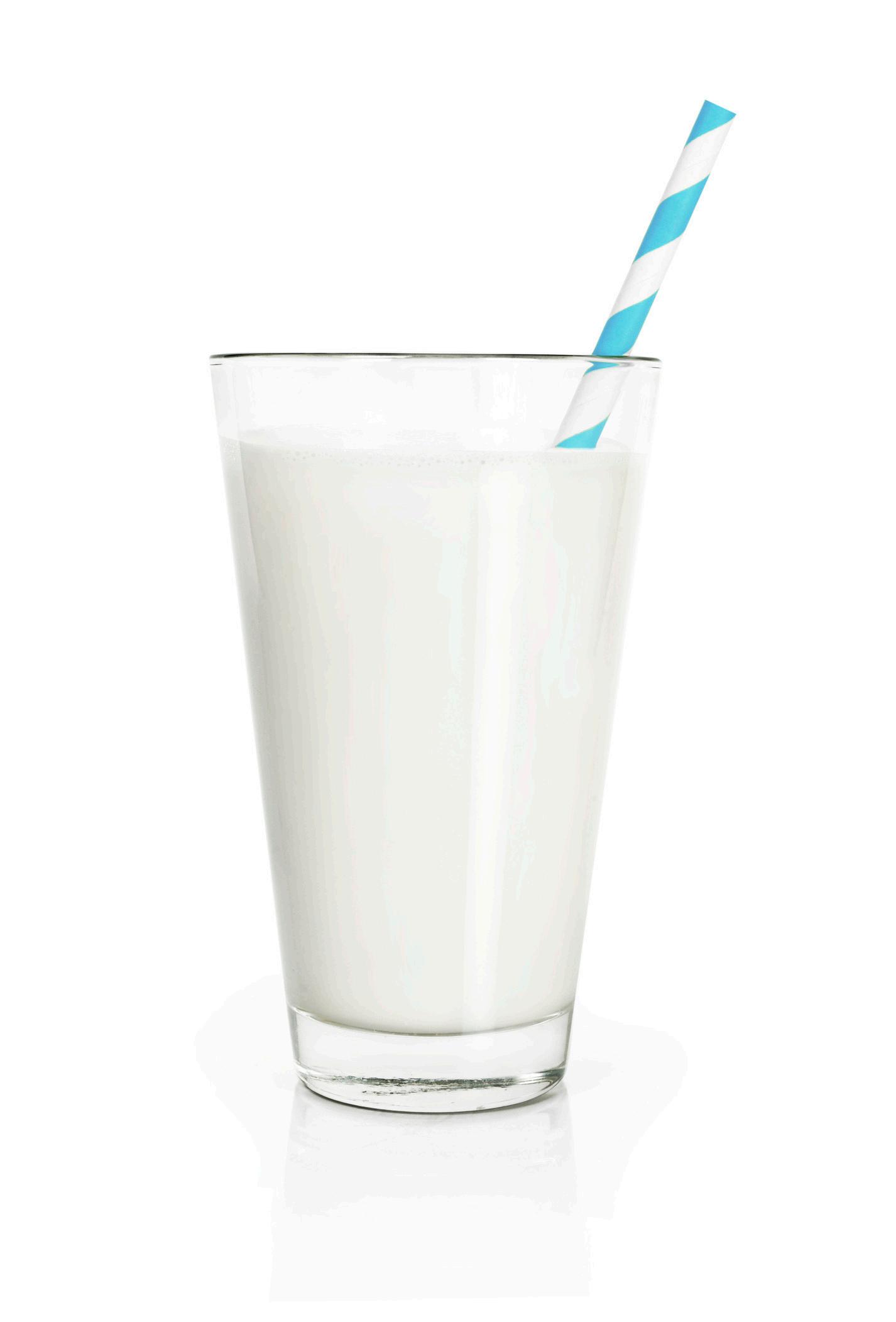
dairy farms!

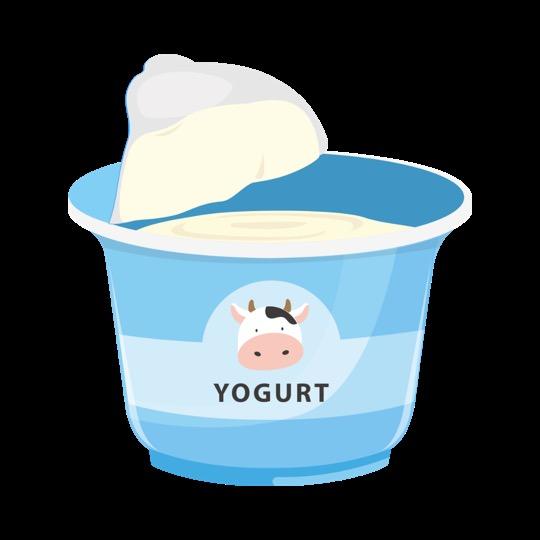
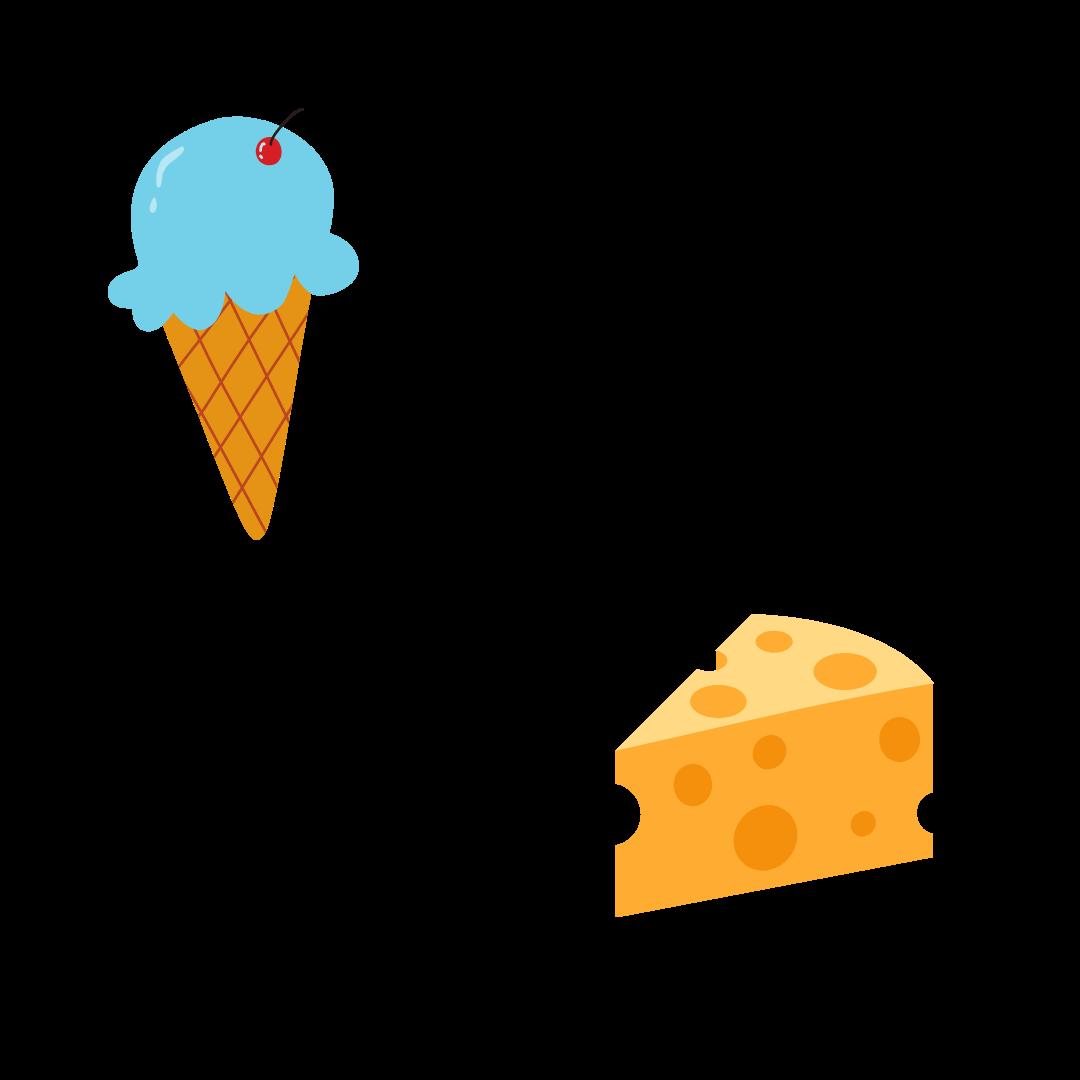

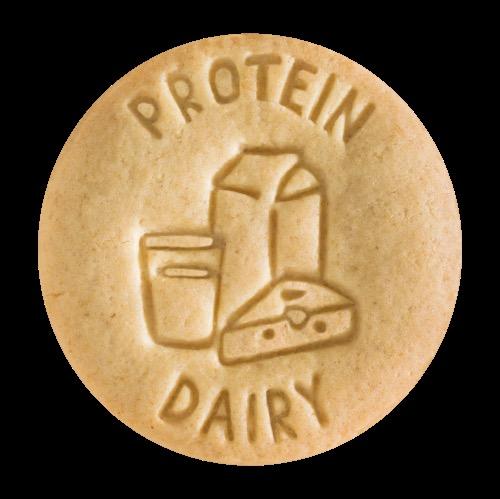




Protein builds, maintains and replaces the tissues in the body.
Protein helps to transport & store nutrients throughout the body.
18 - 20% of the body is protein.
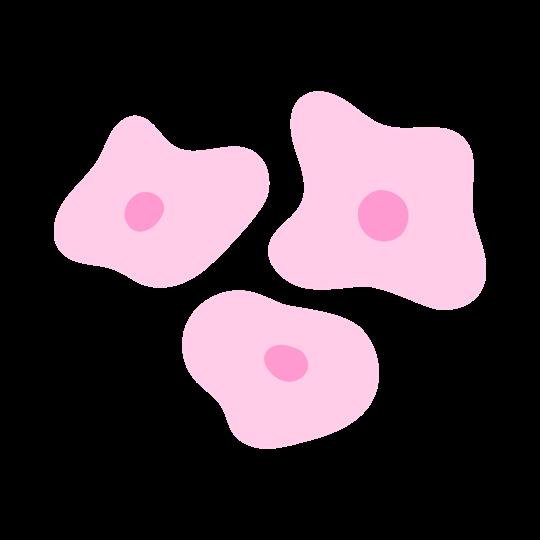
EVERY cell in the human body contains protein.

The body cannot store protein long term… which is why protein needs to be consumed daily.
Protein is made

blocks.
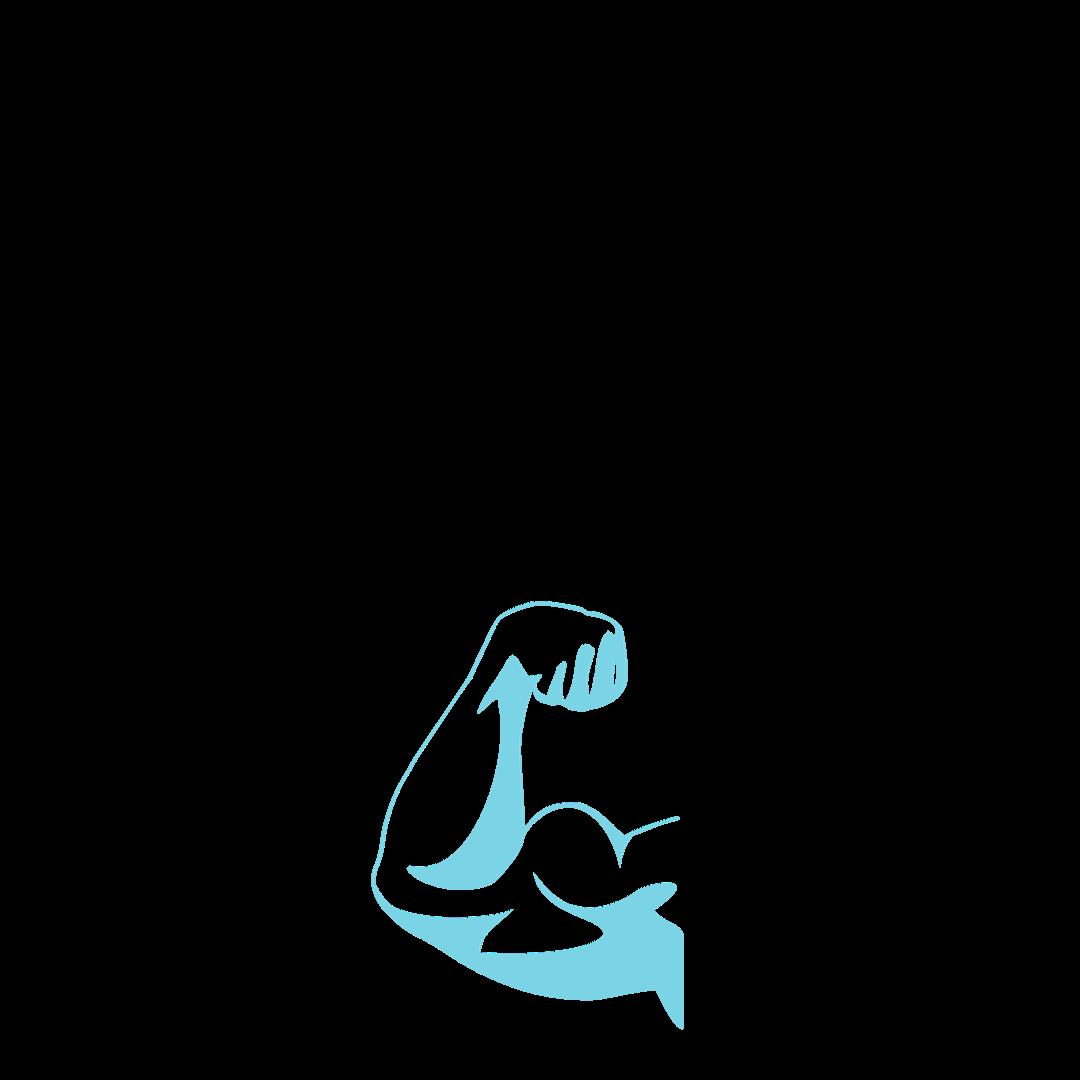
Protein plays a big role in building and repairing muscles.
Protein is a MACRONUTRIENT . A macronutrient is a nutrient that the body needs in LARGE
Protein helps maintain fluid balance throughout the body.
